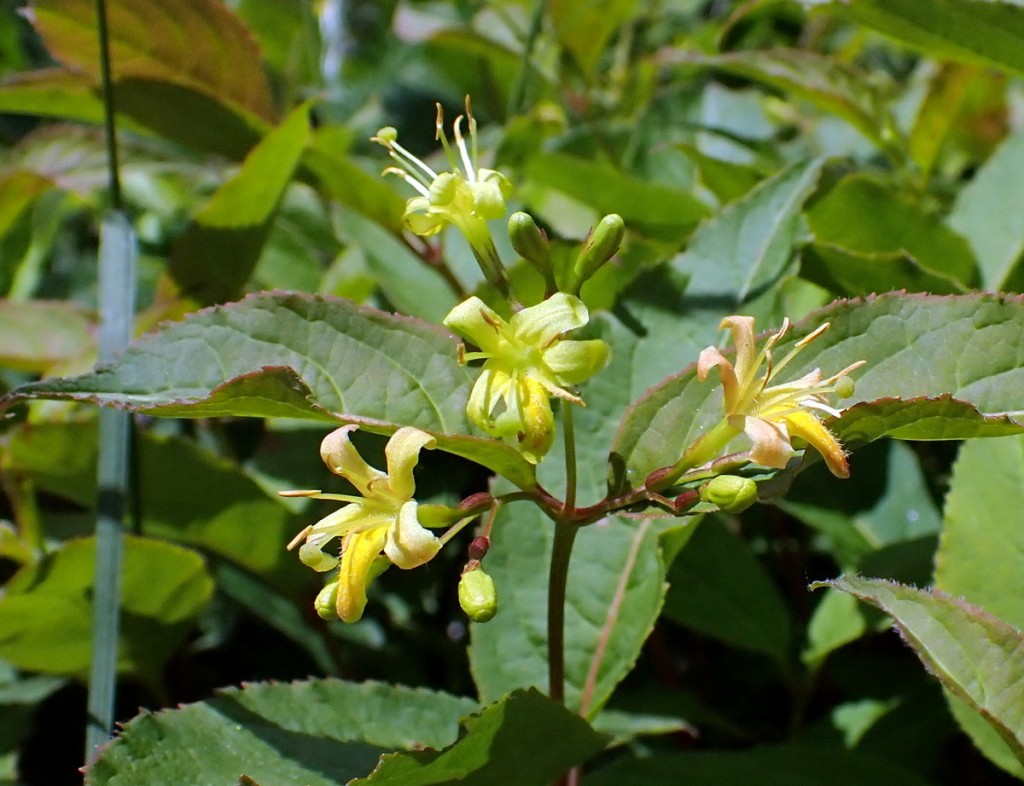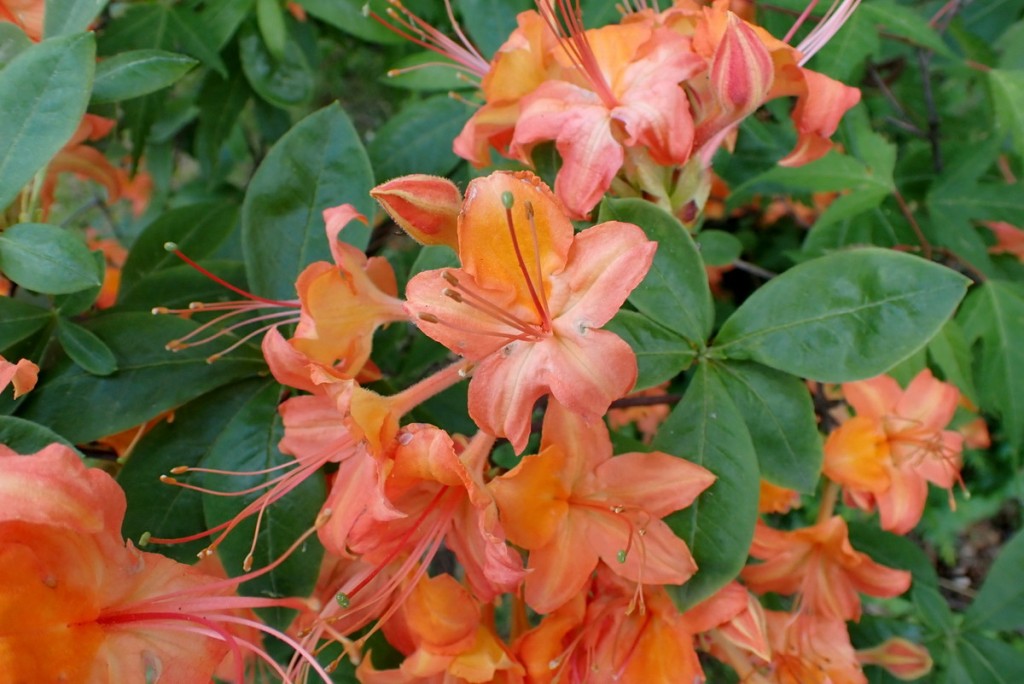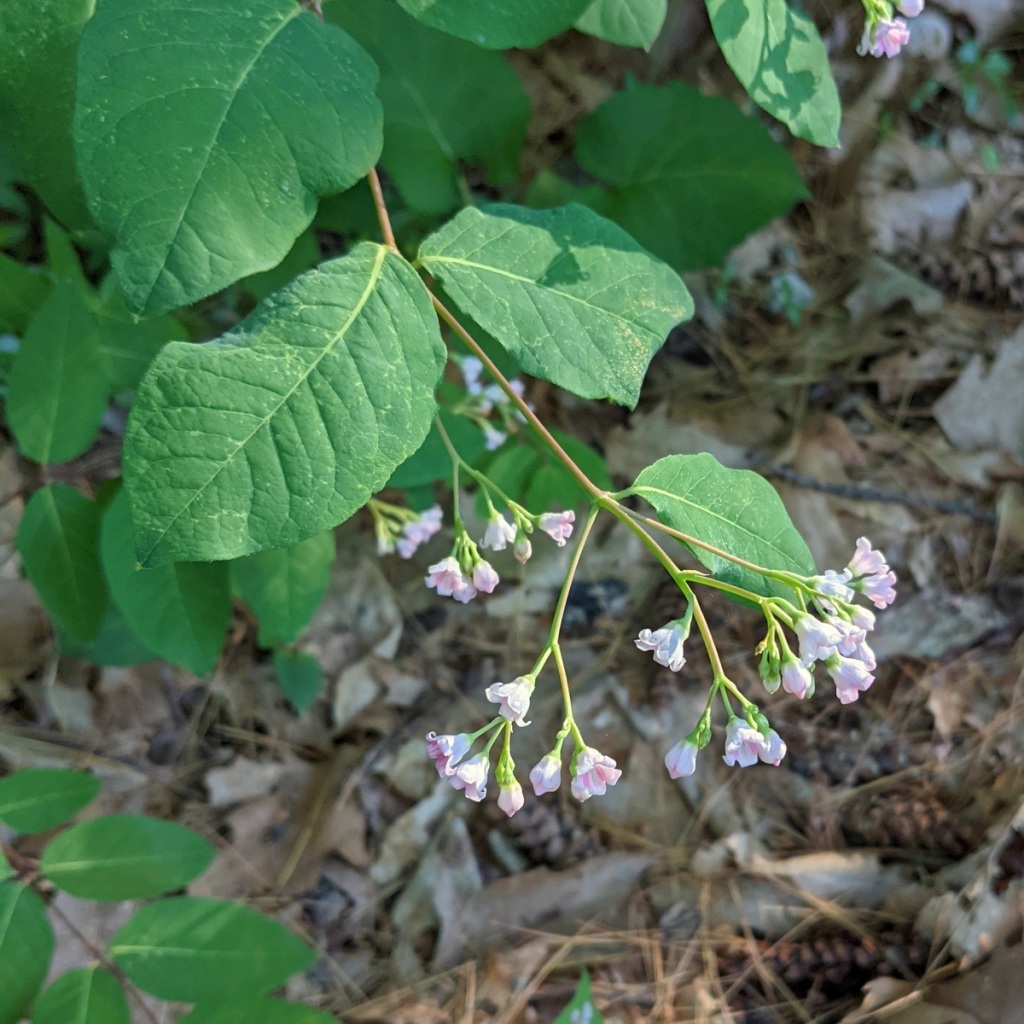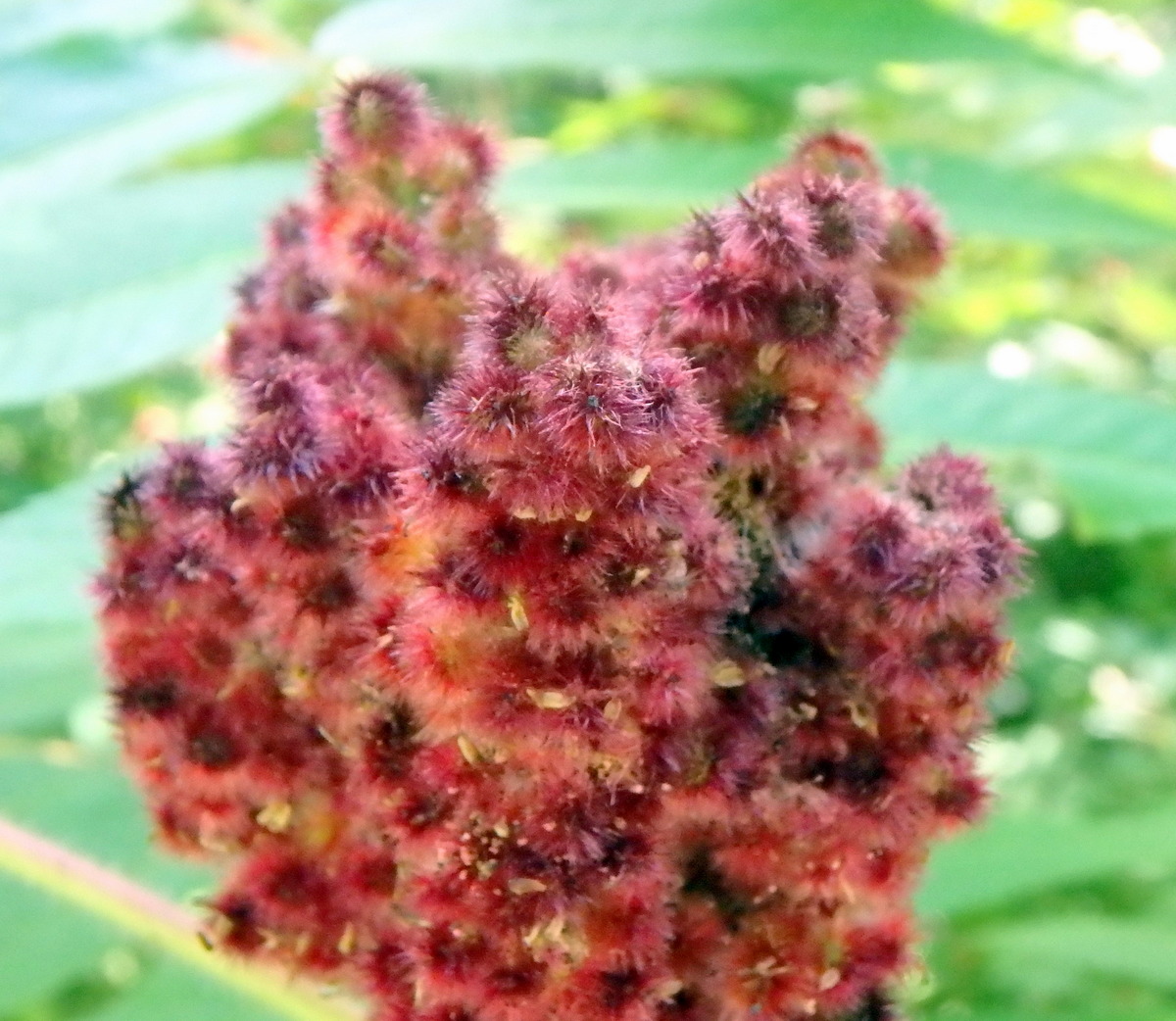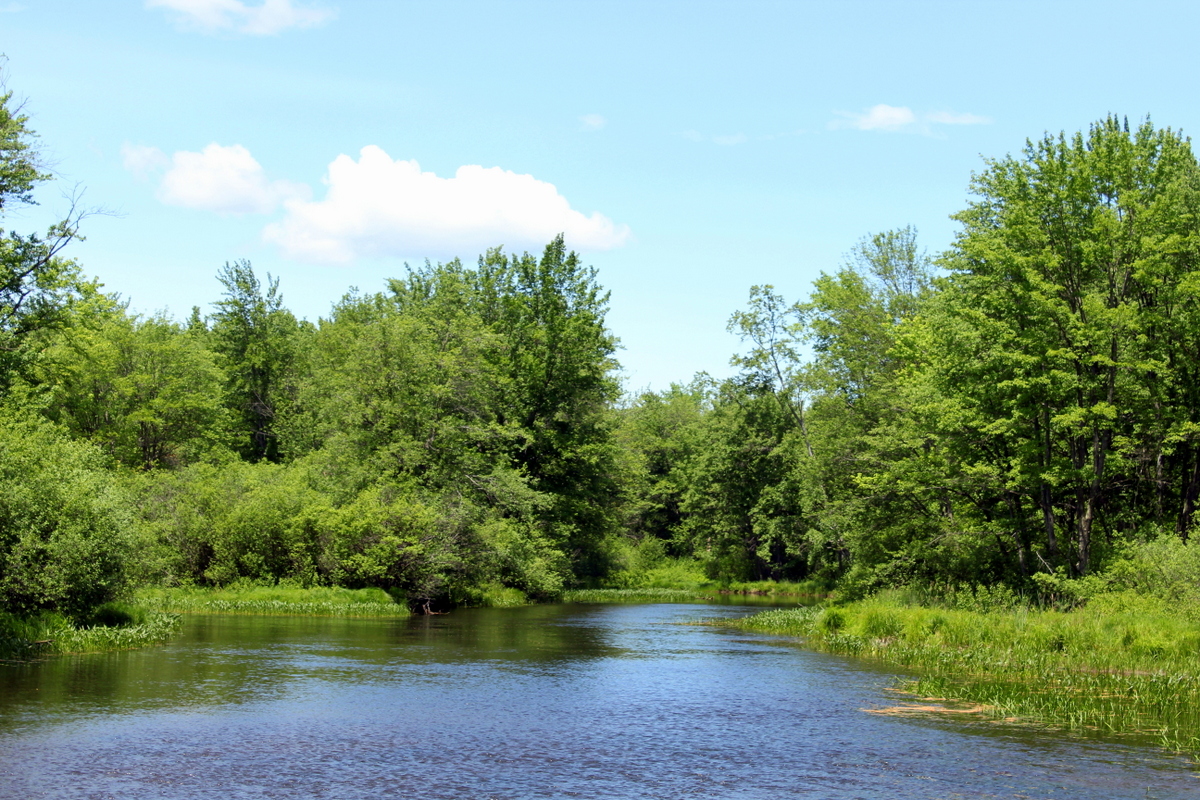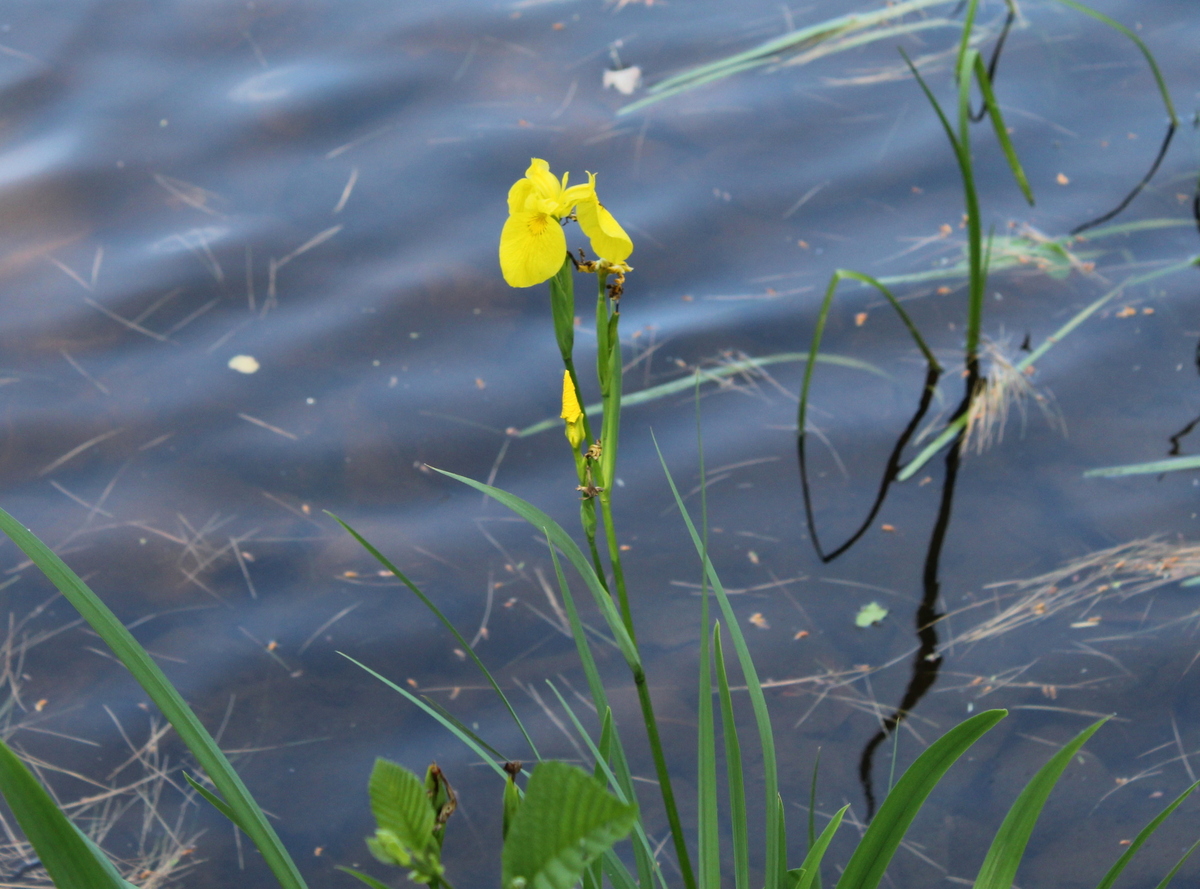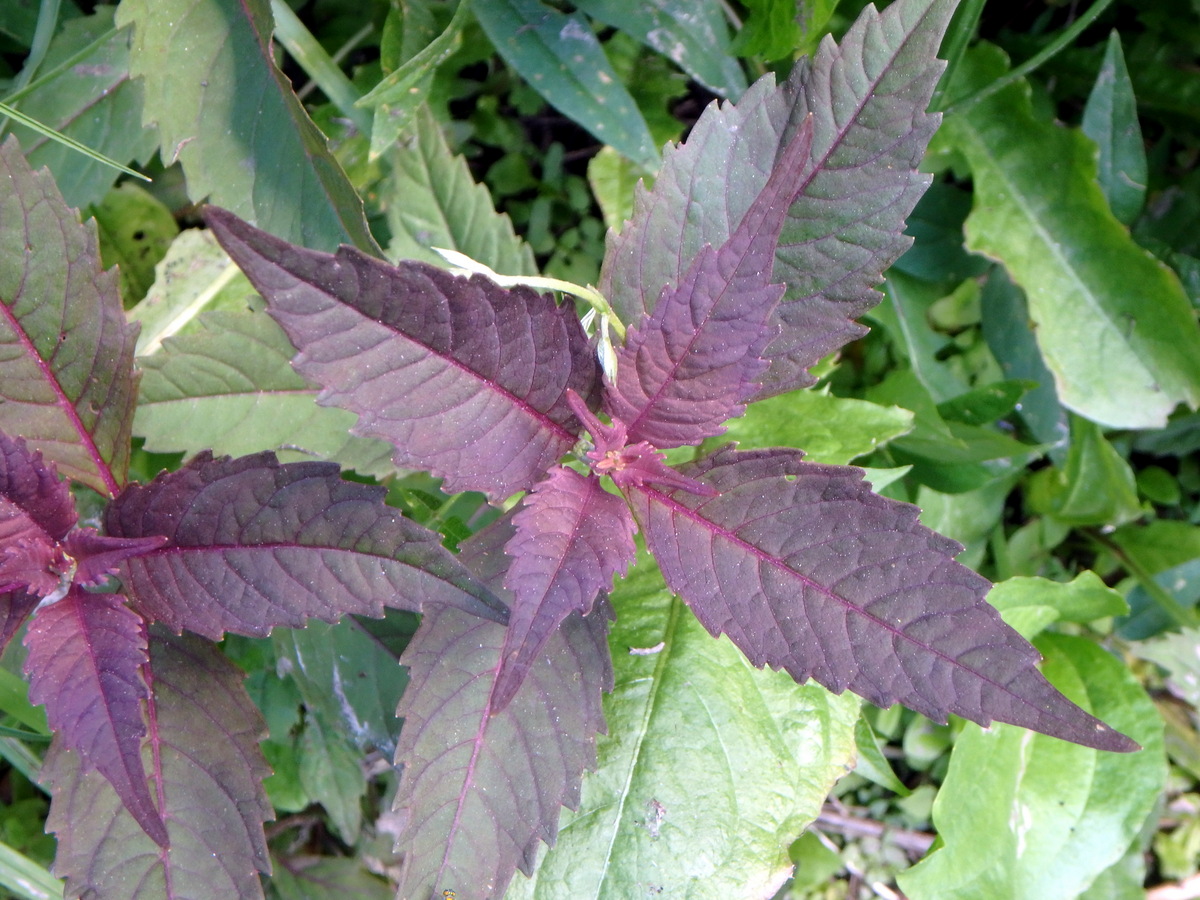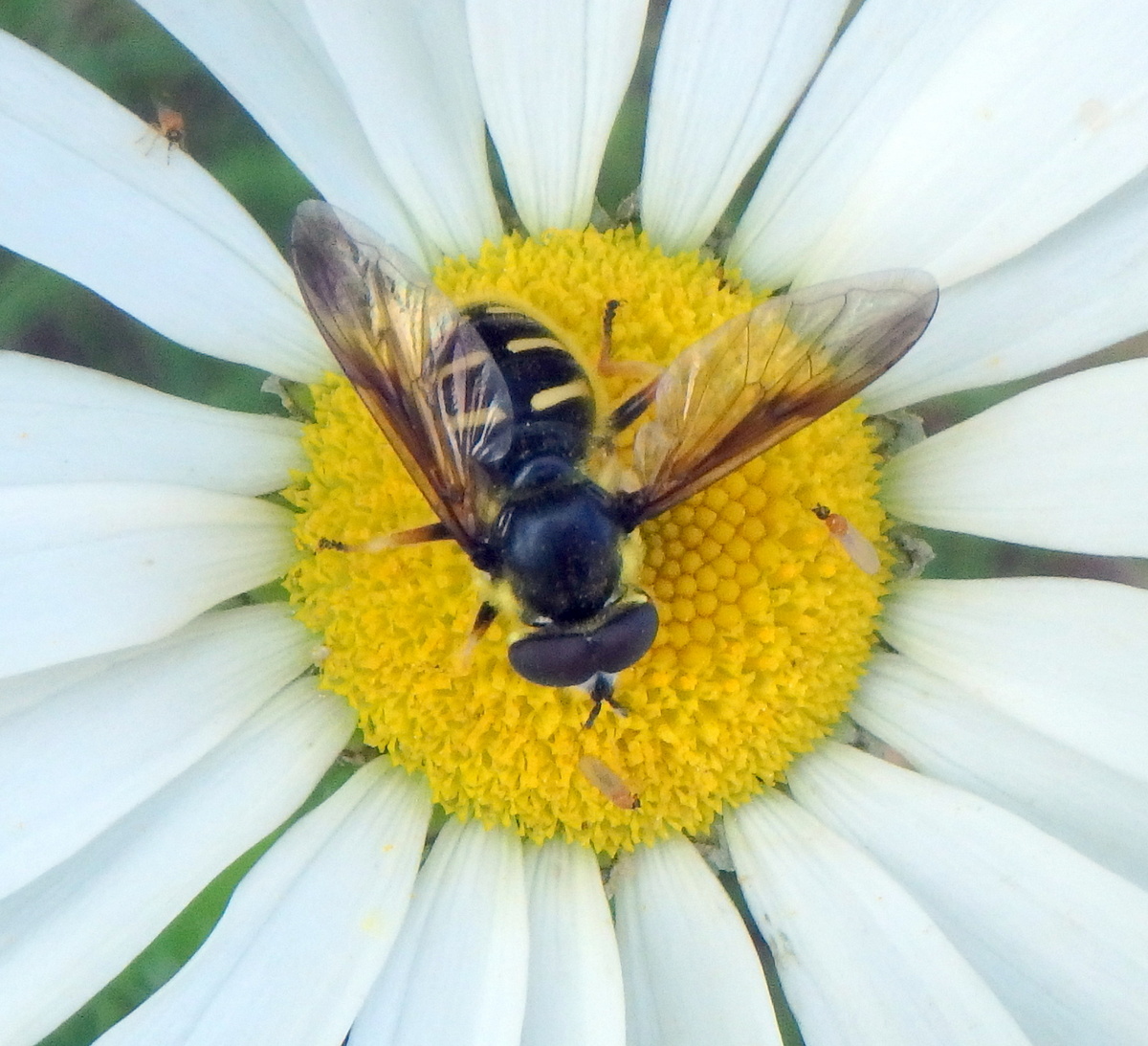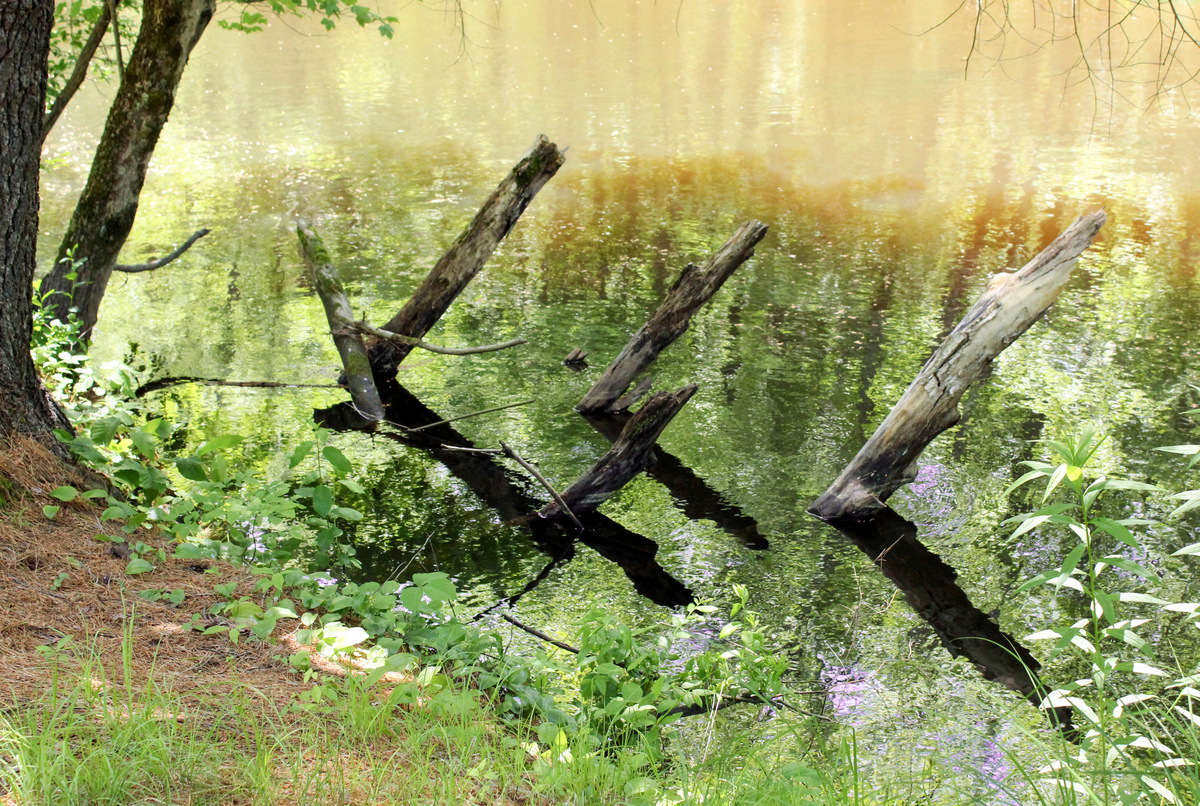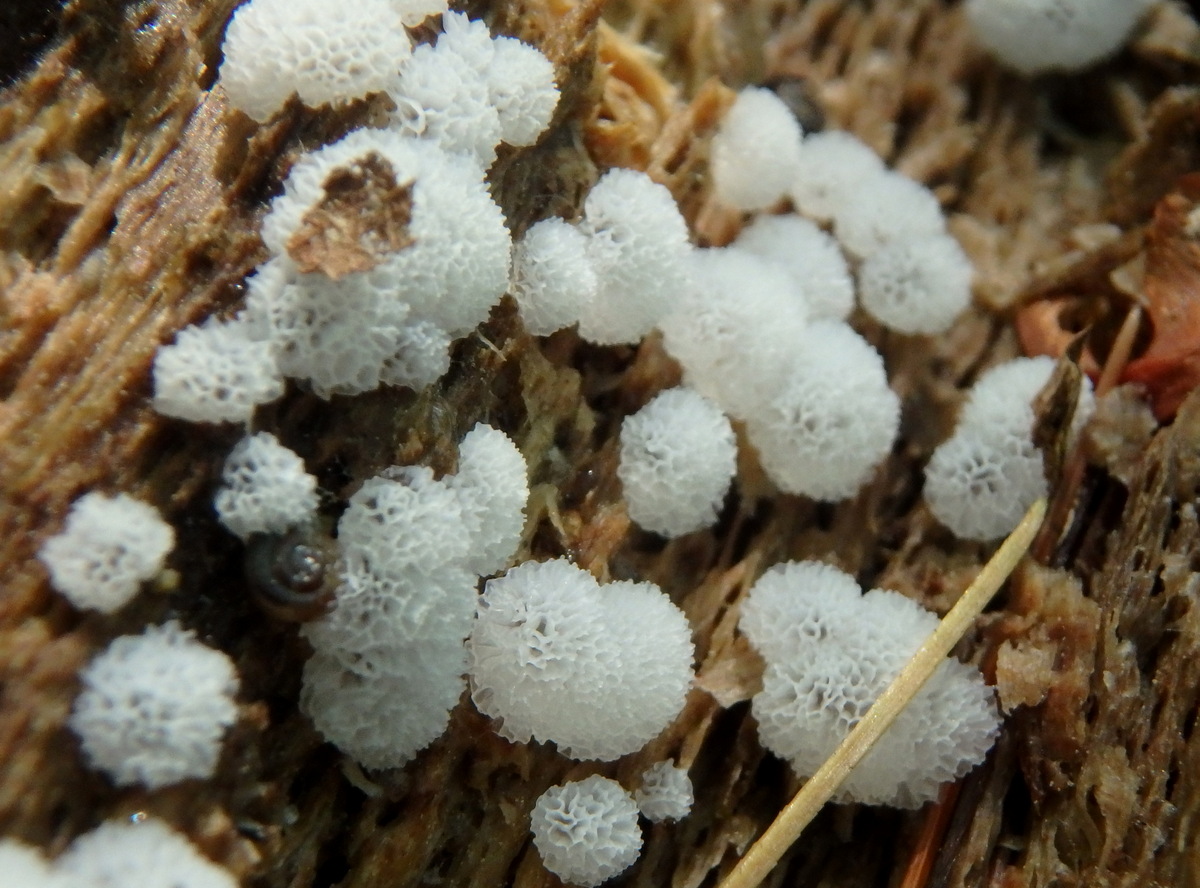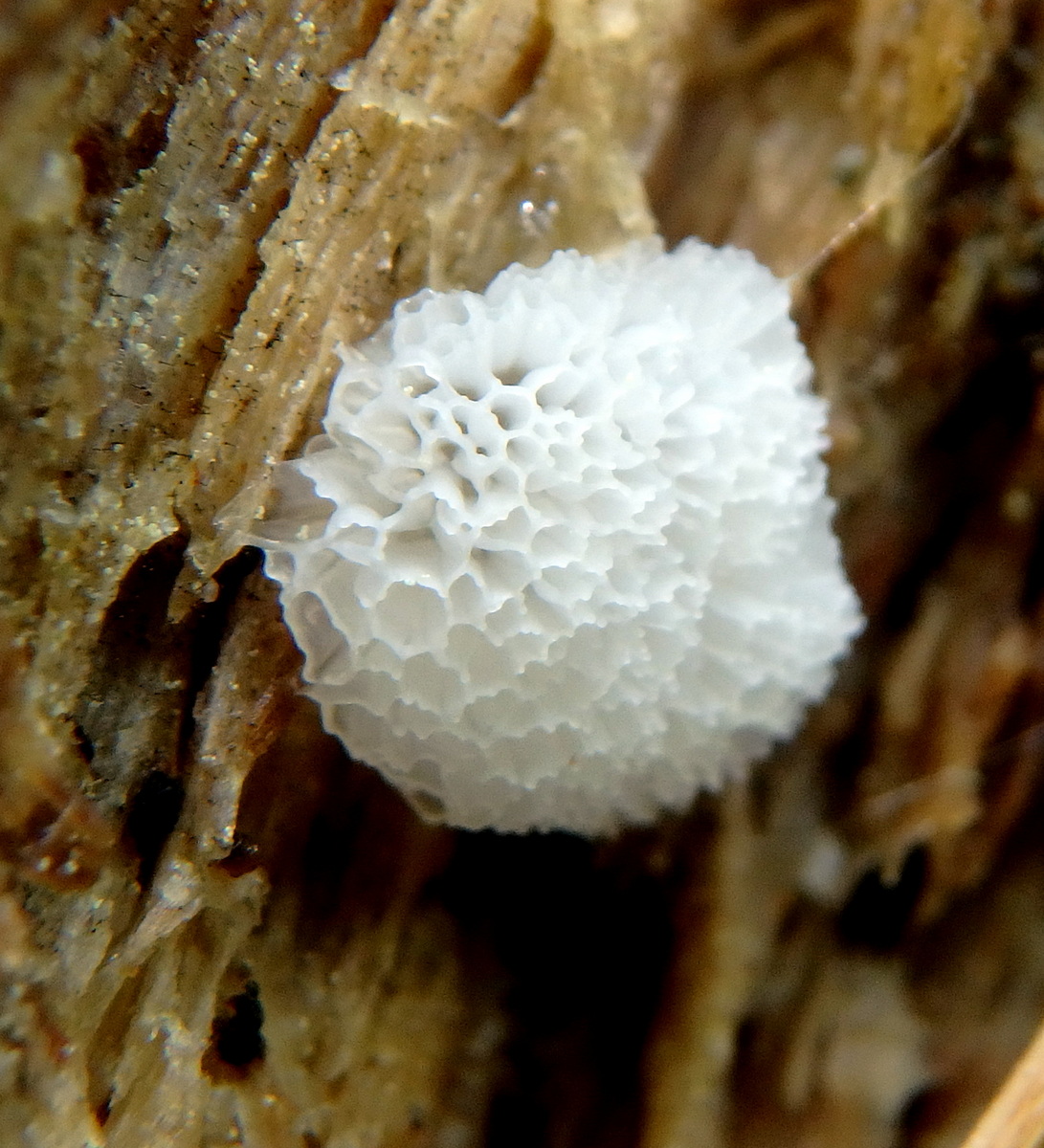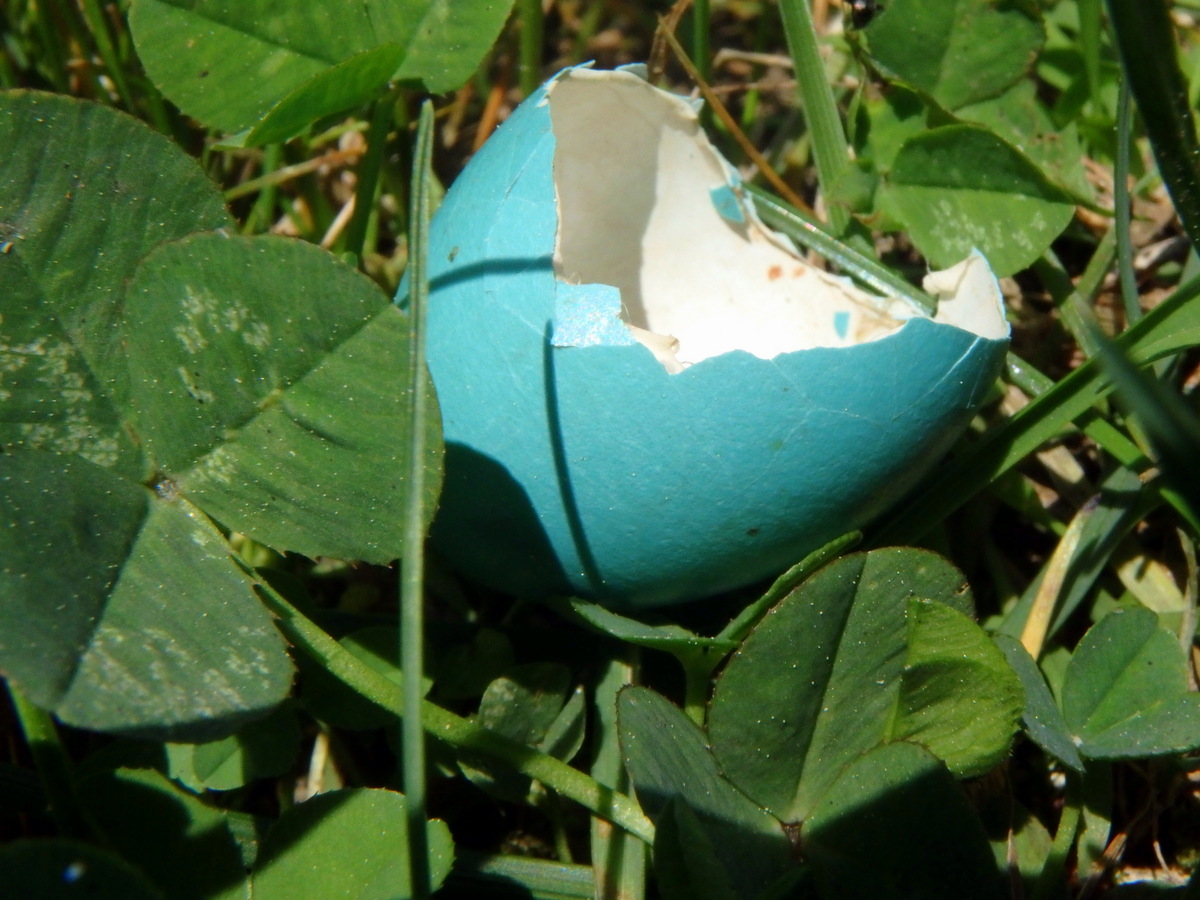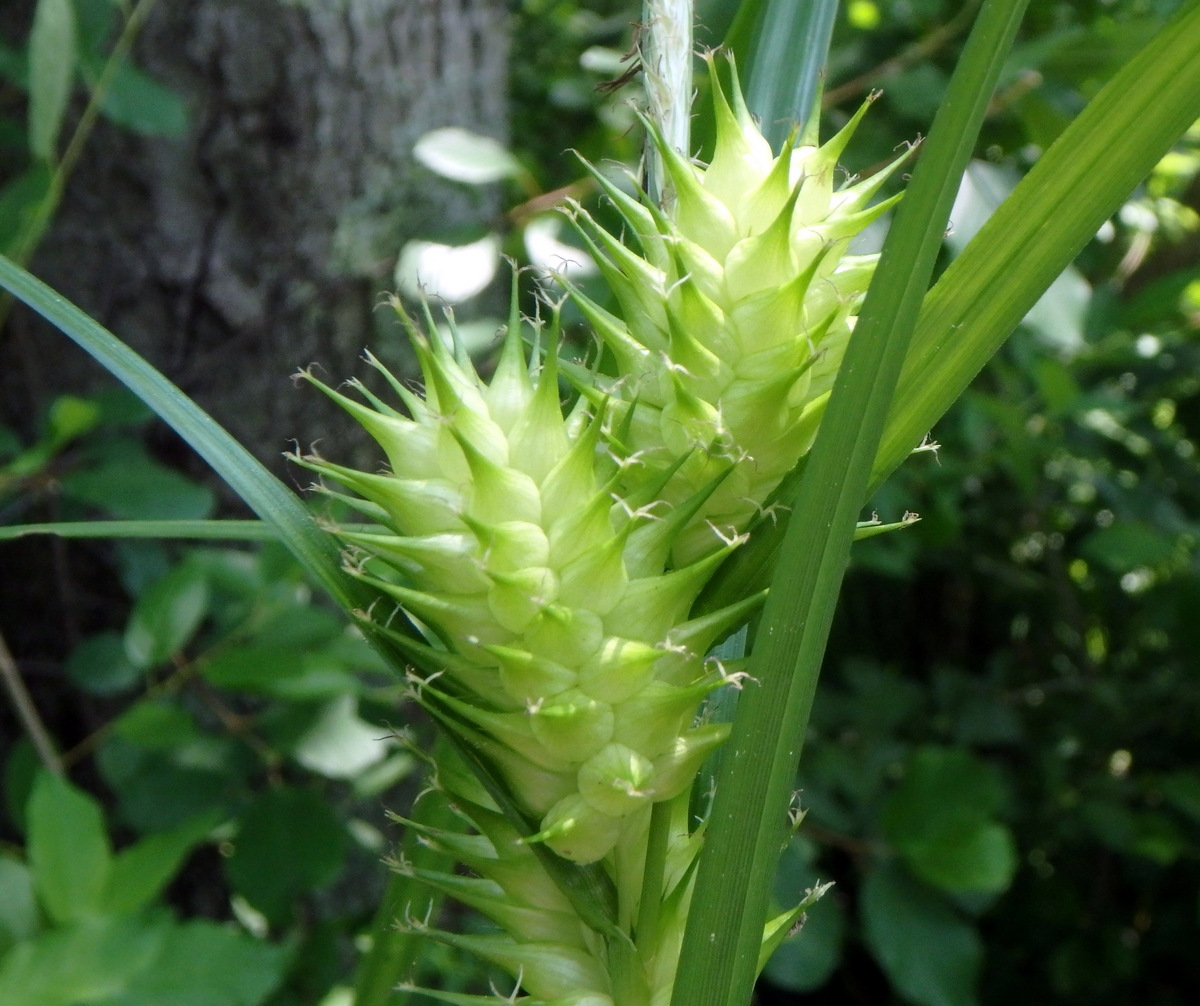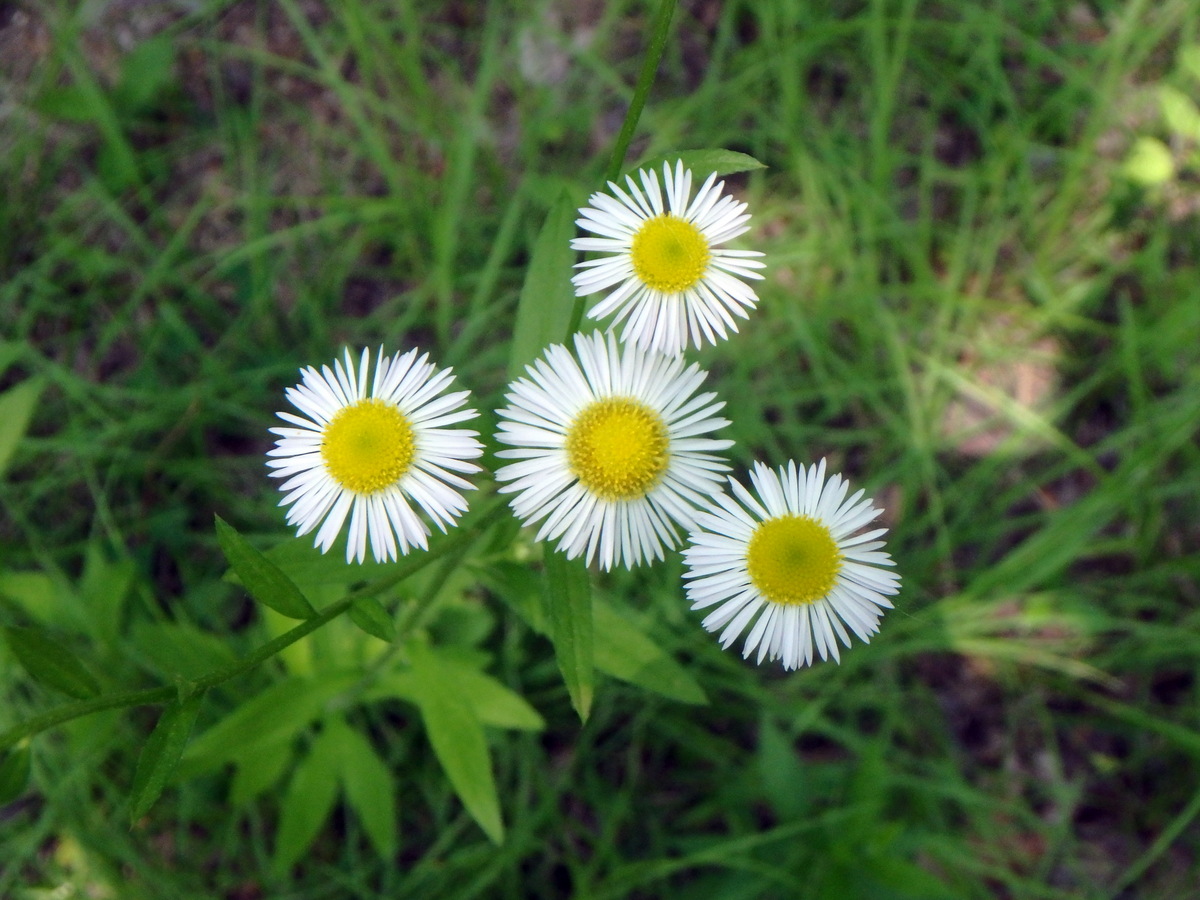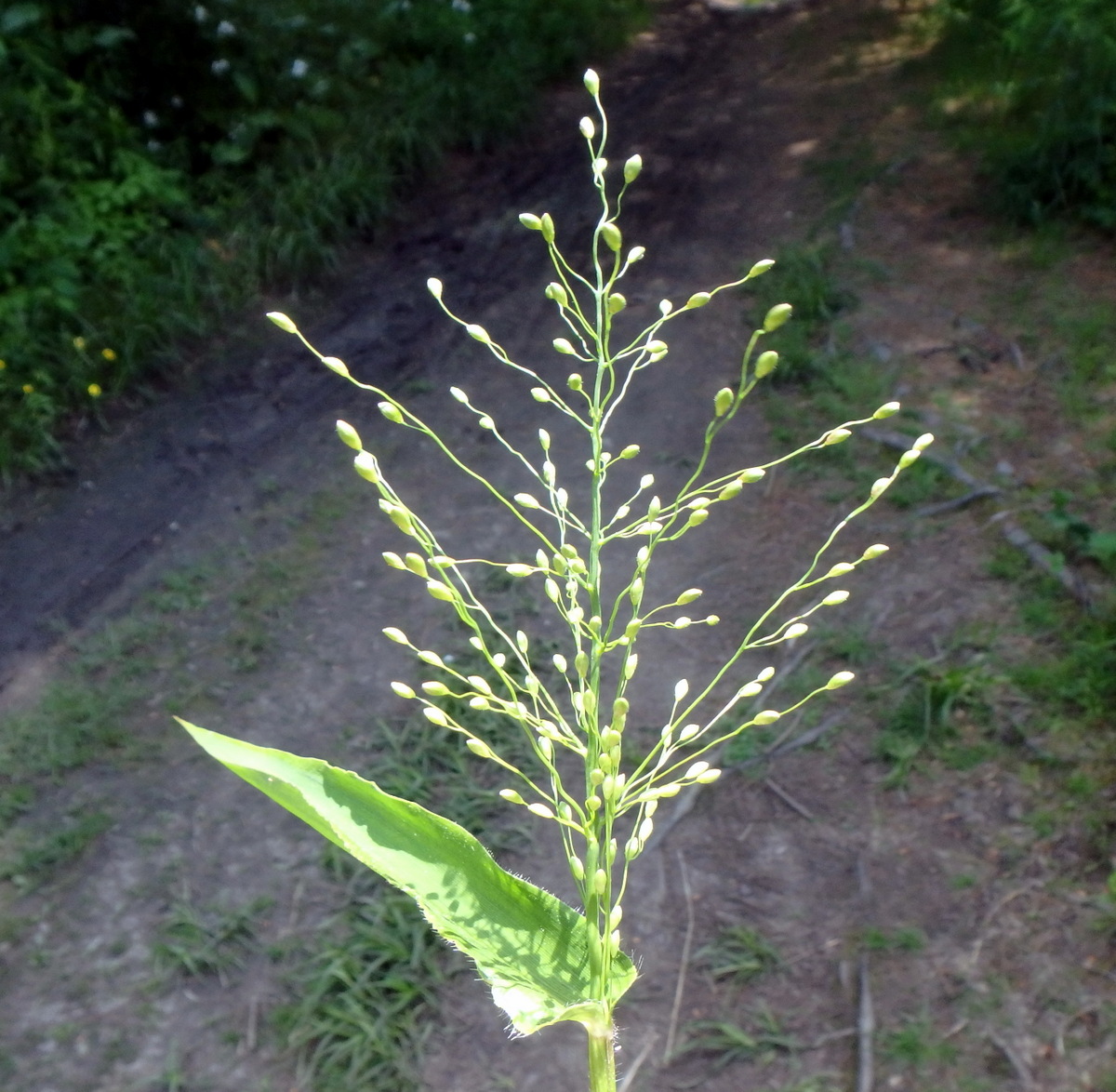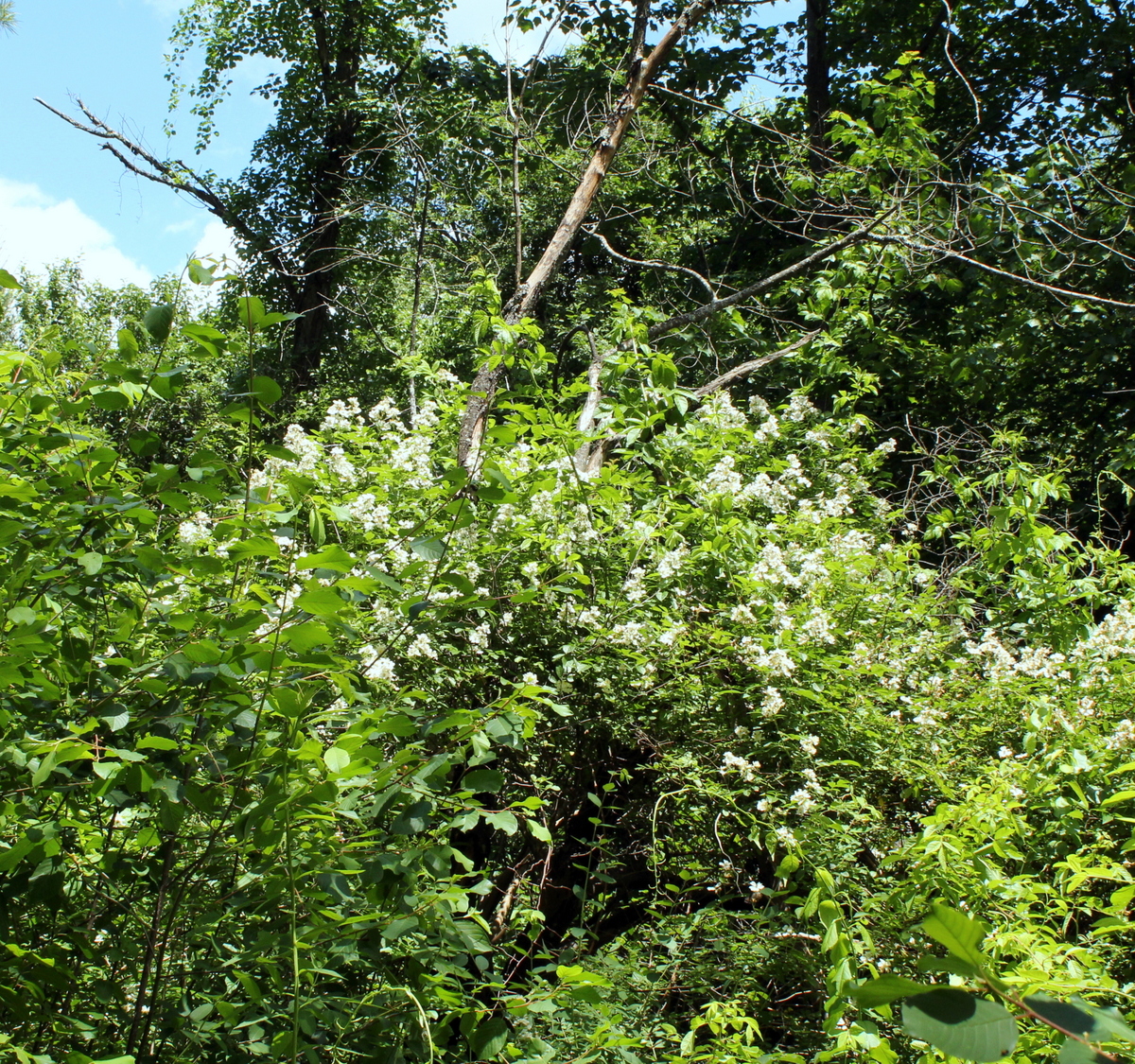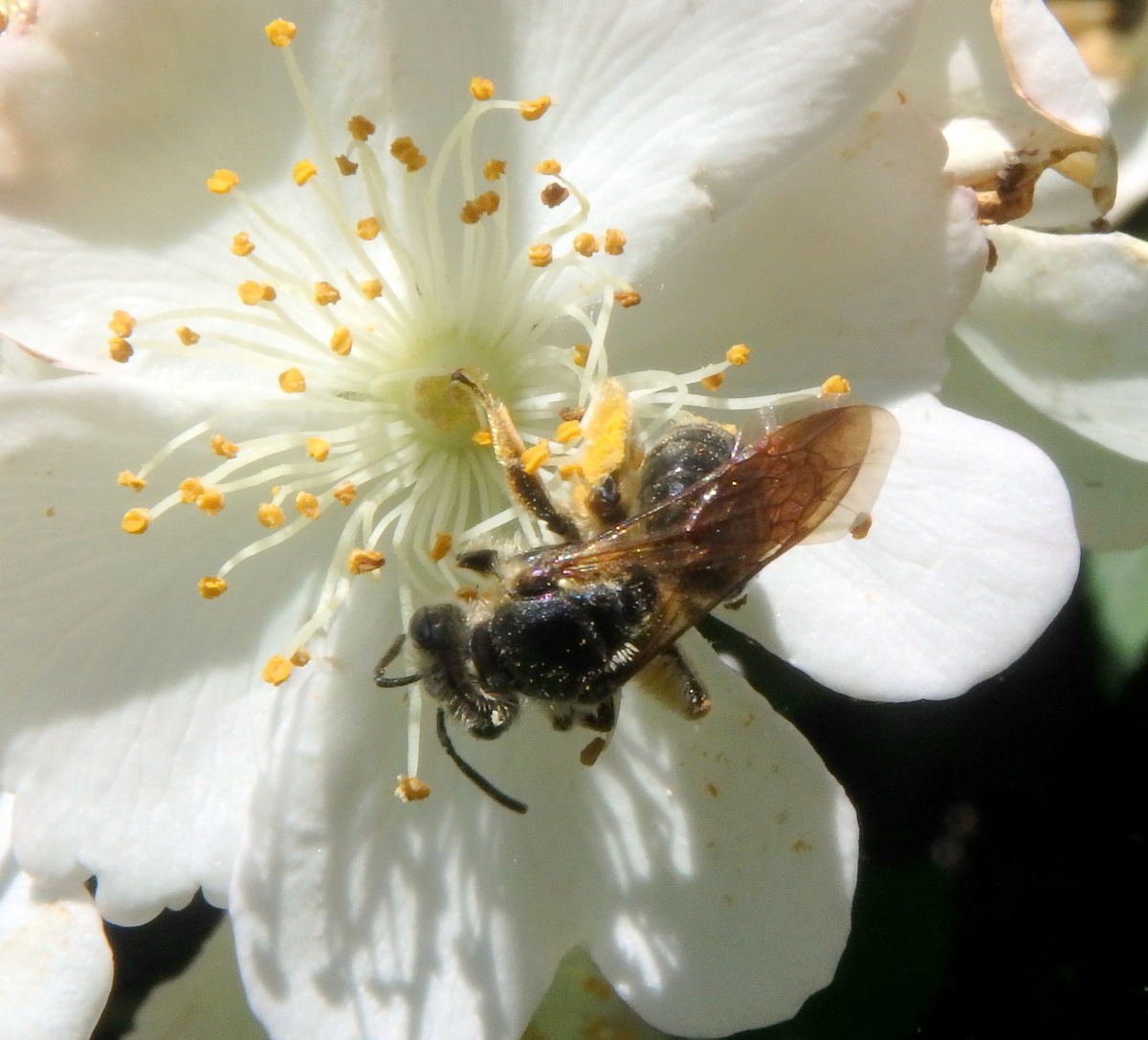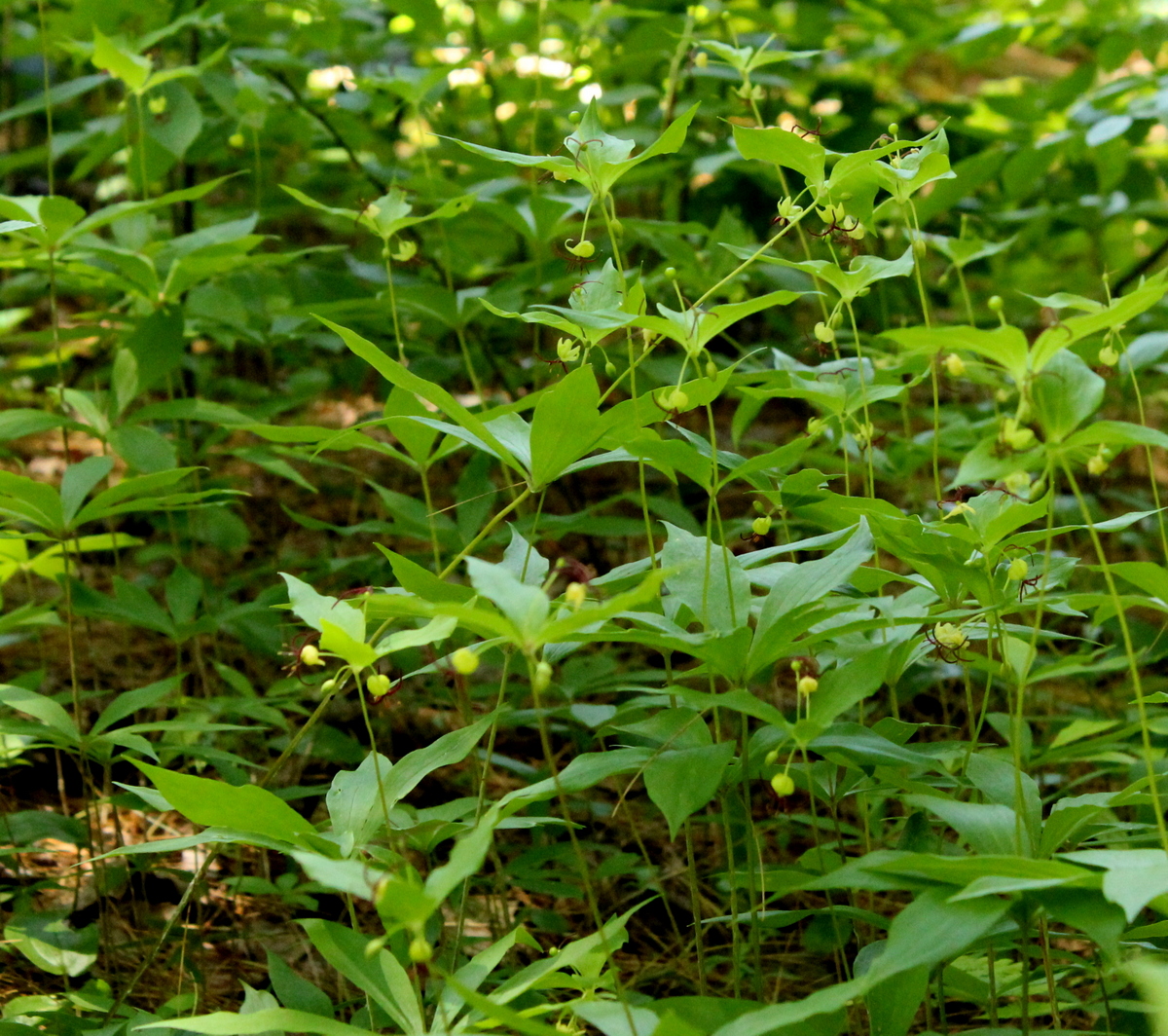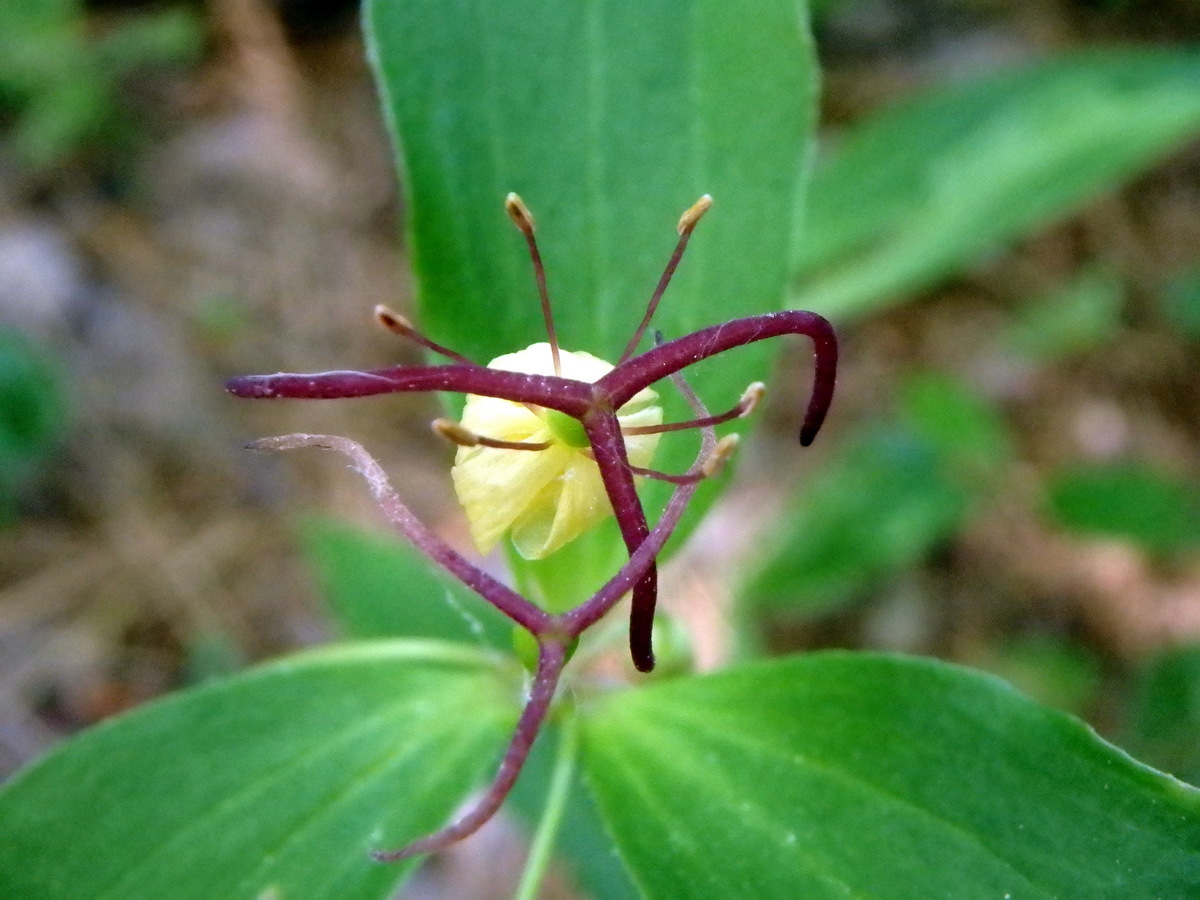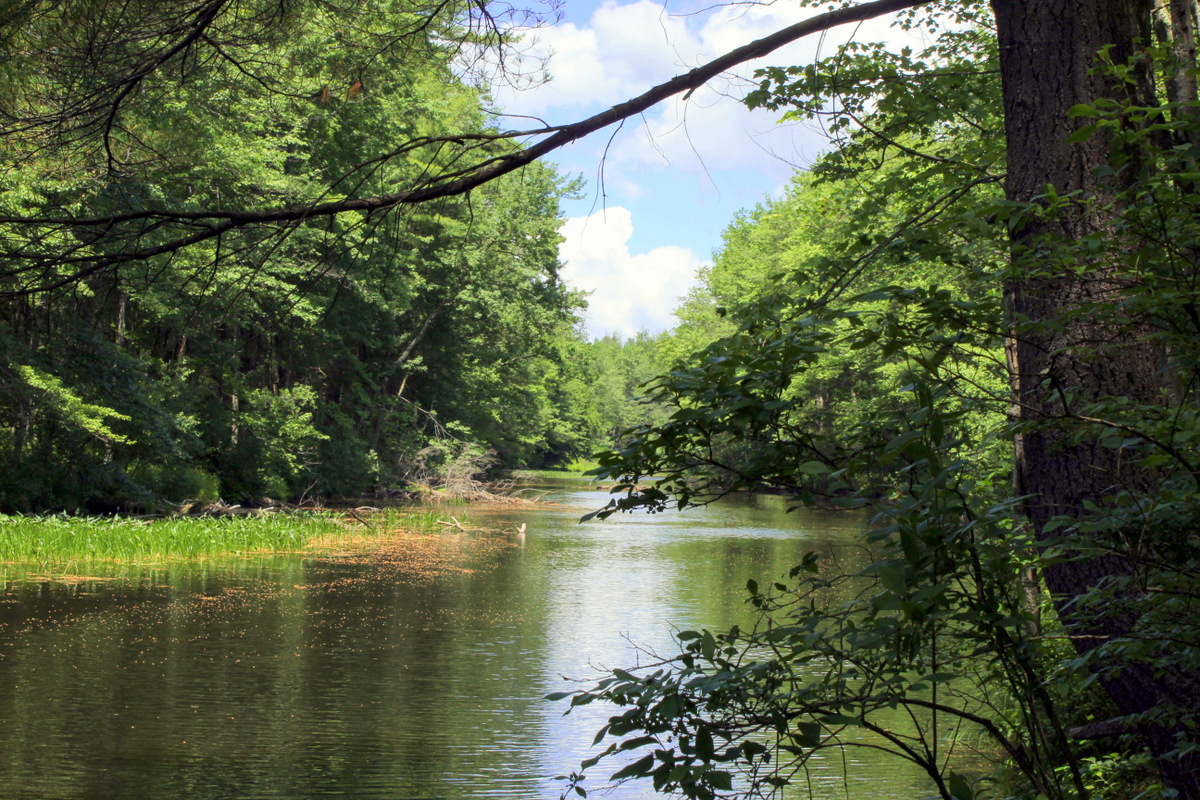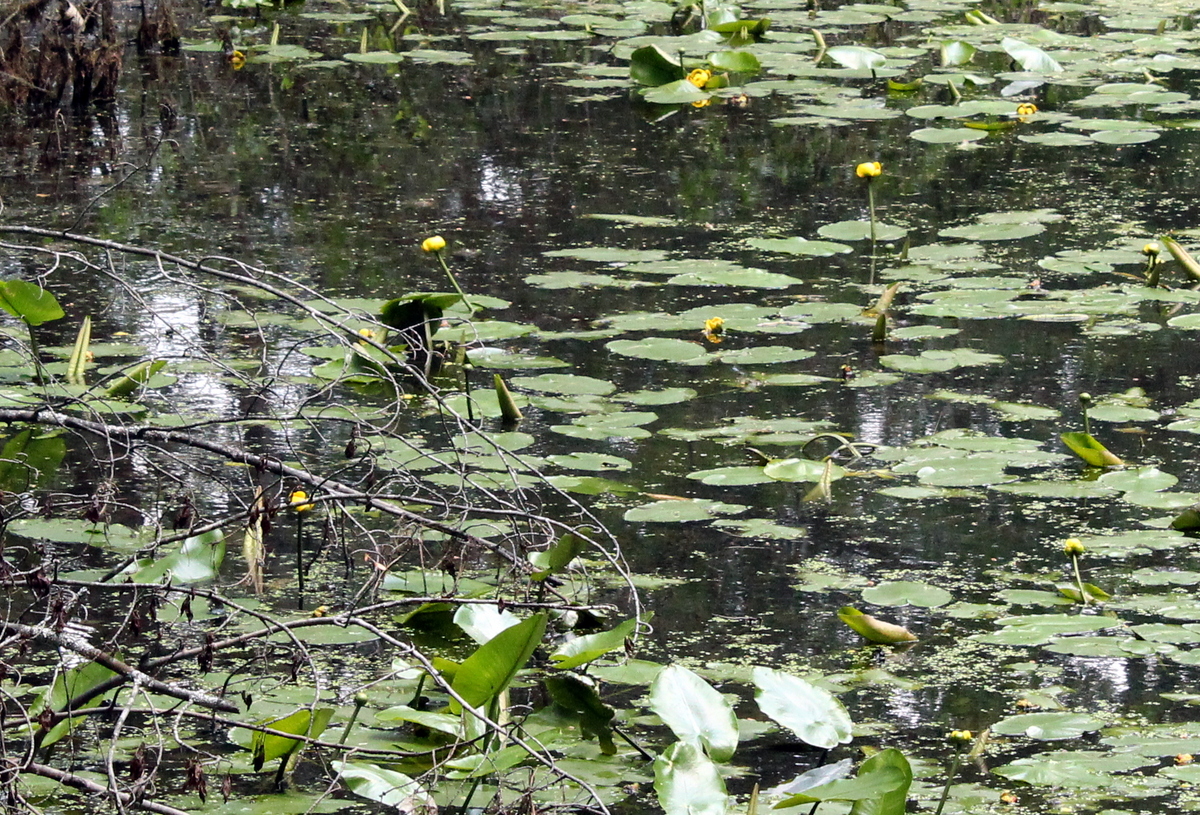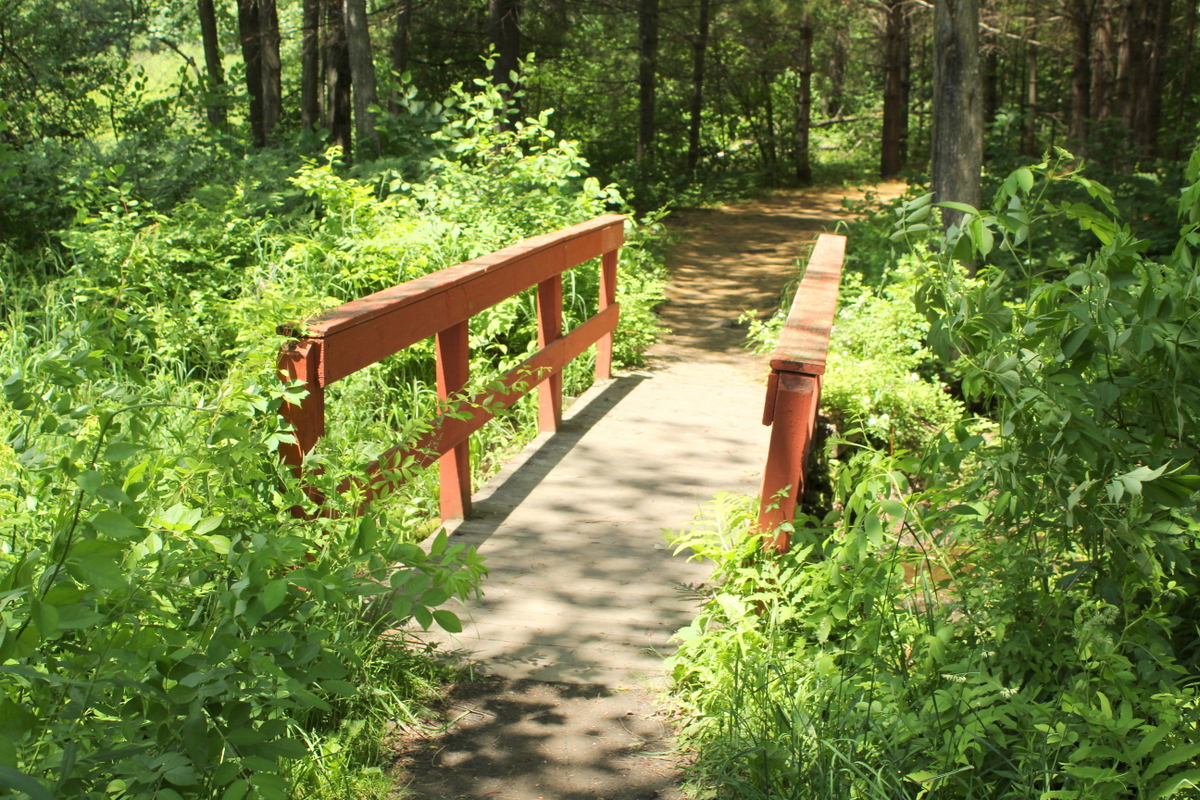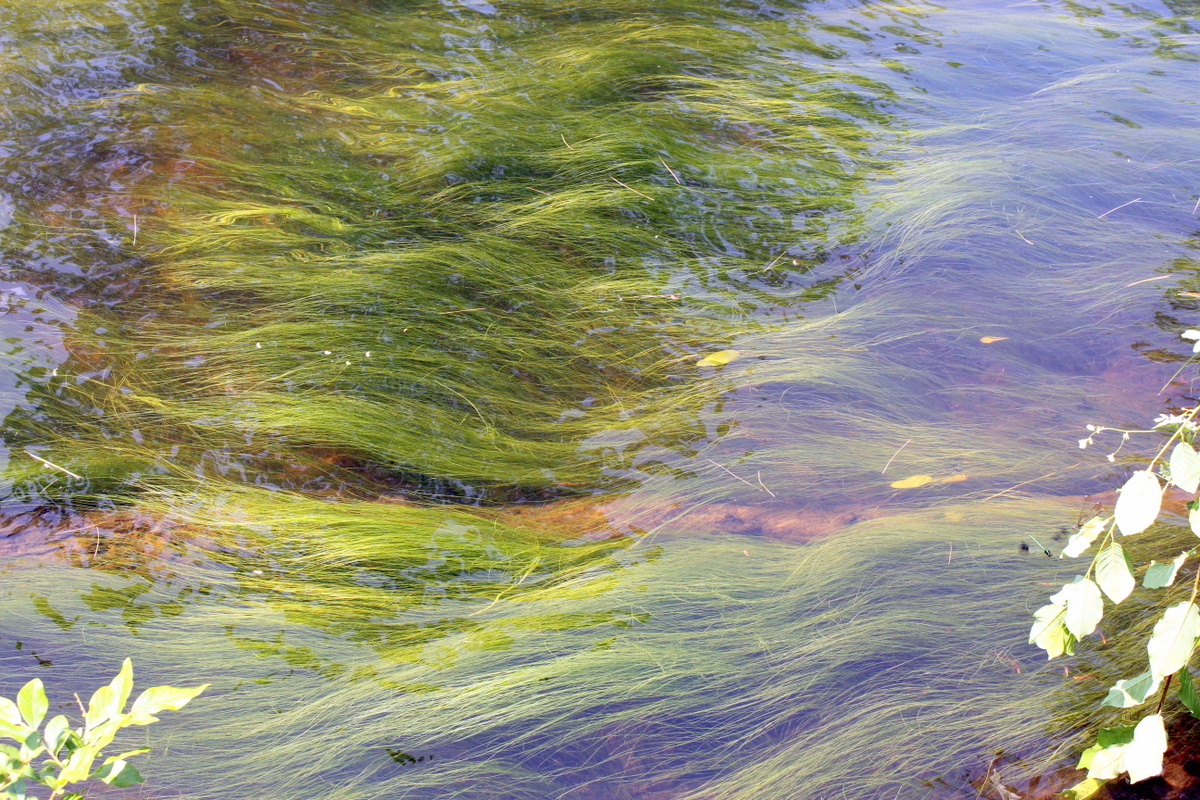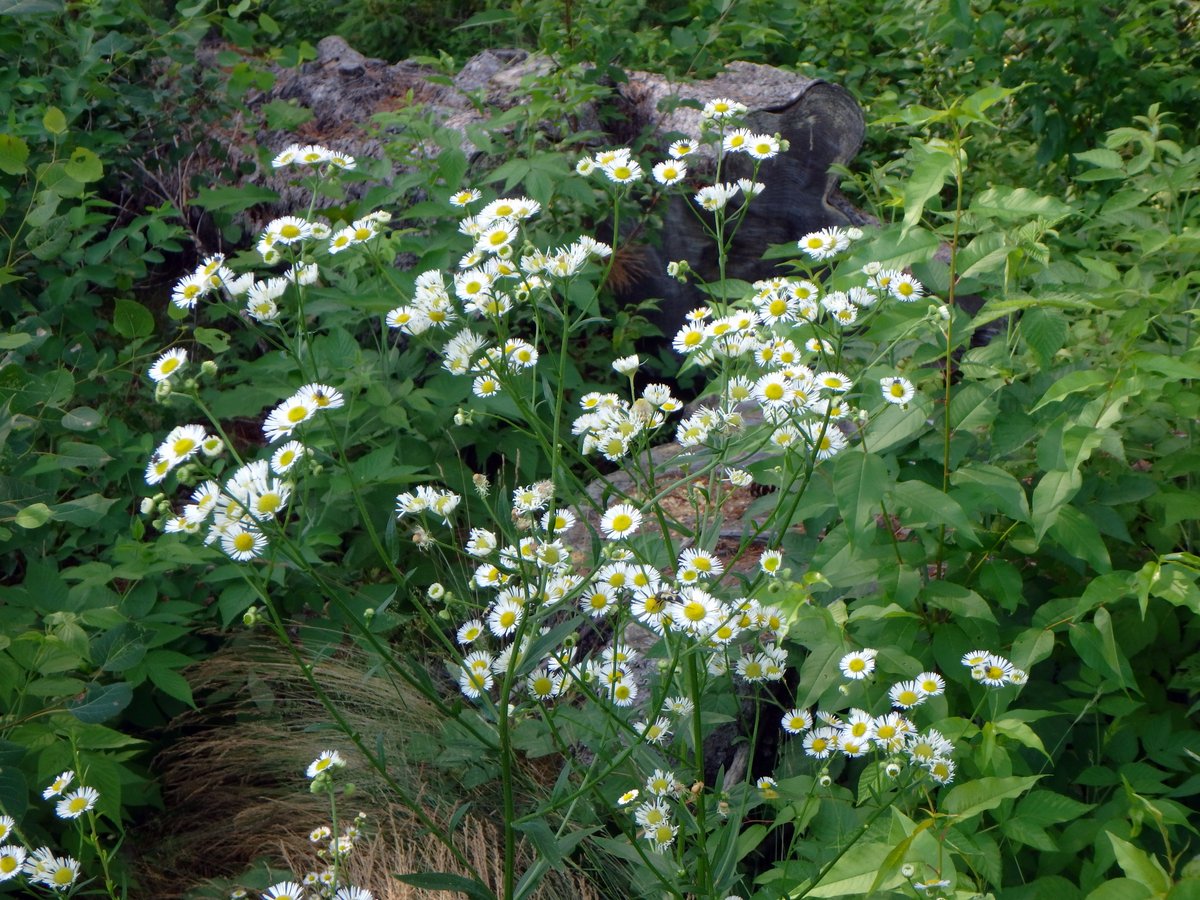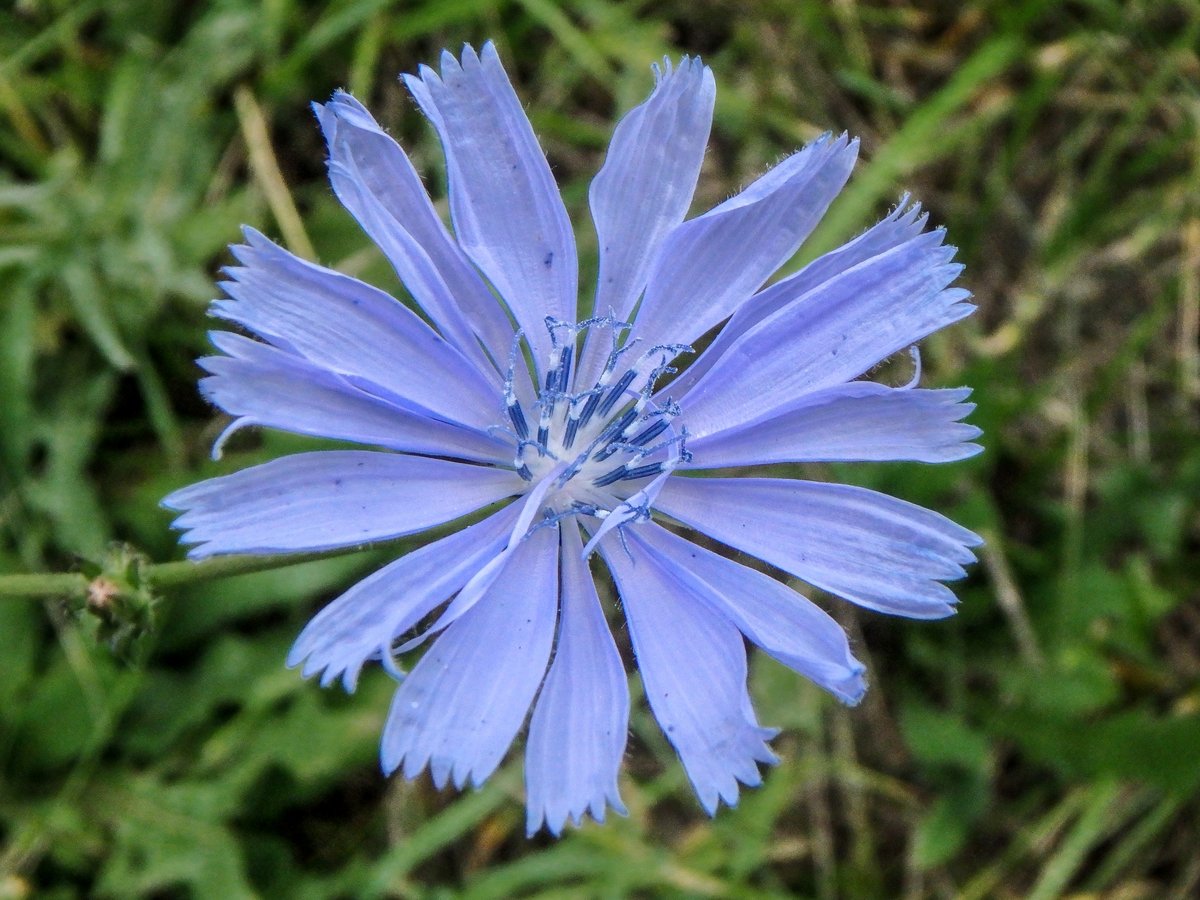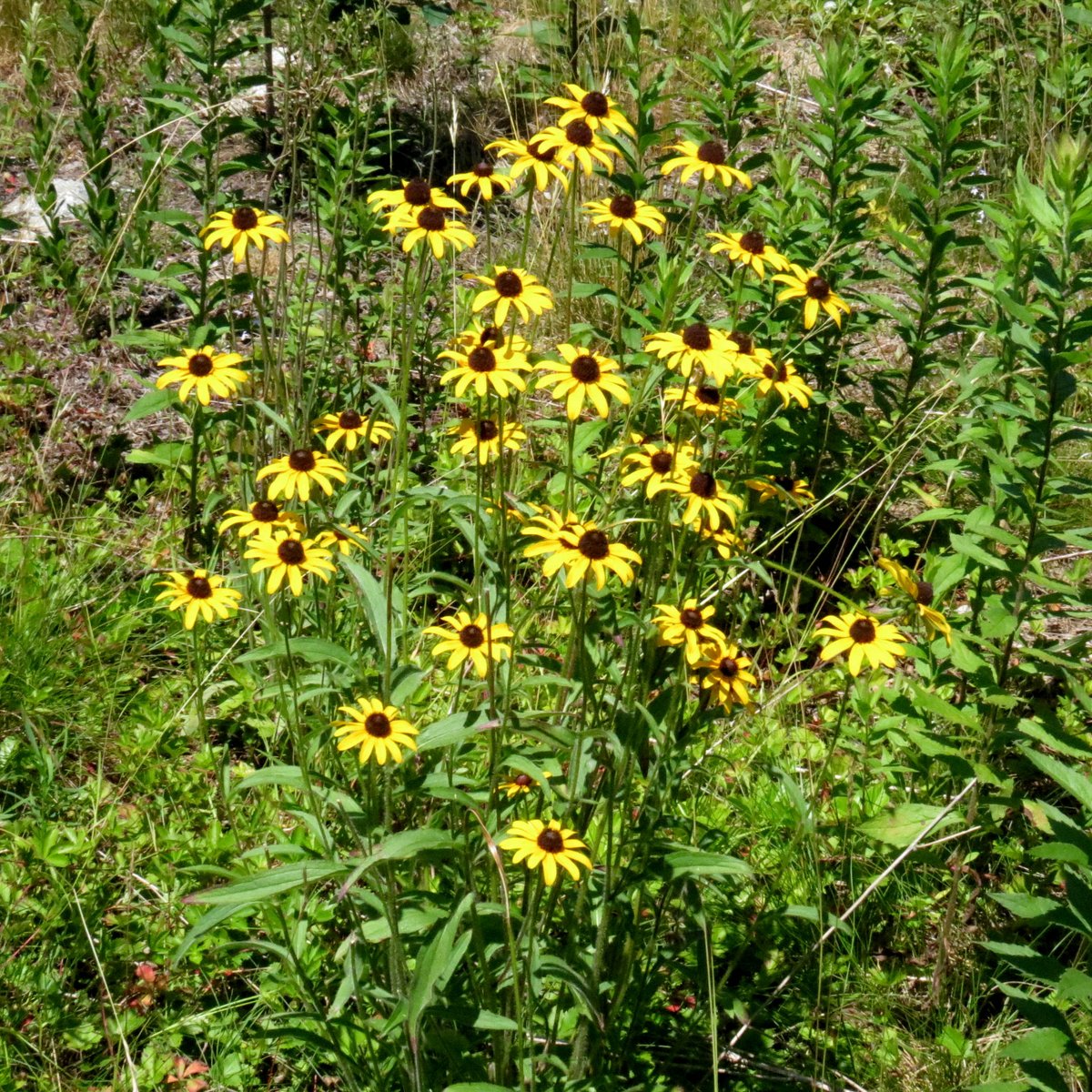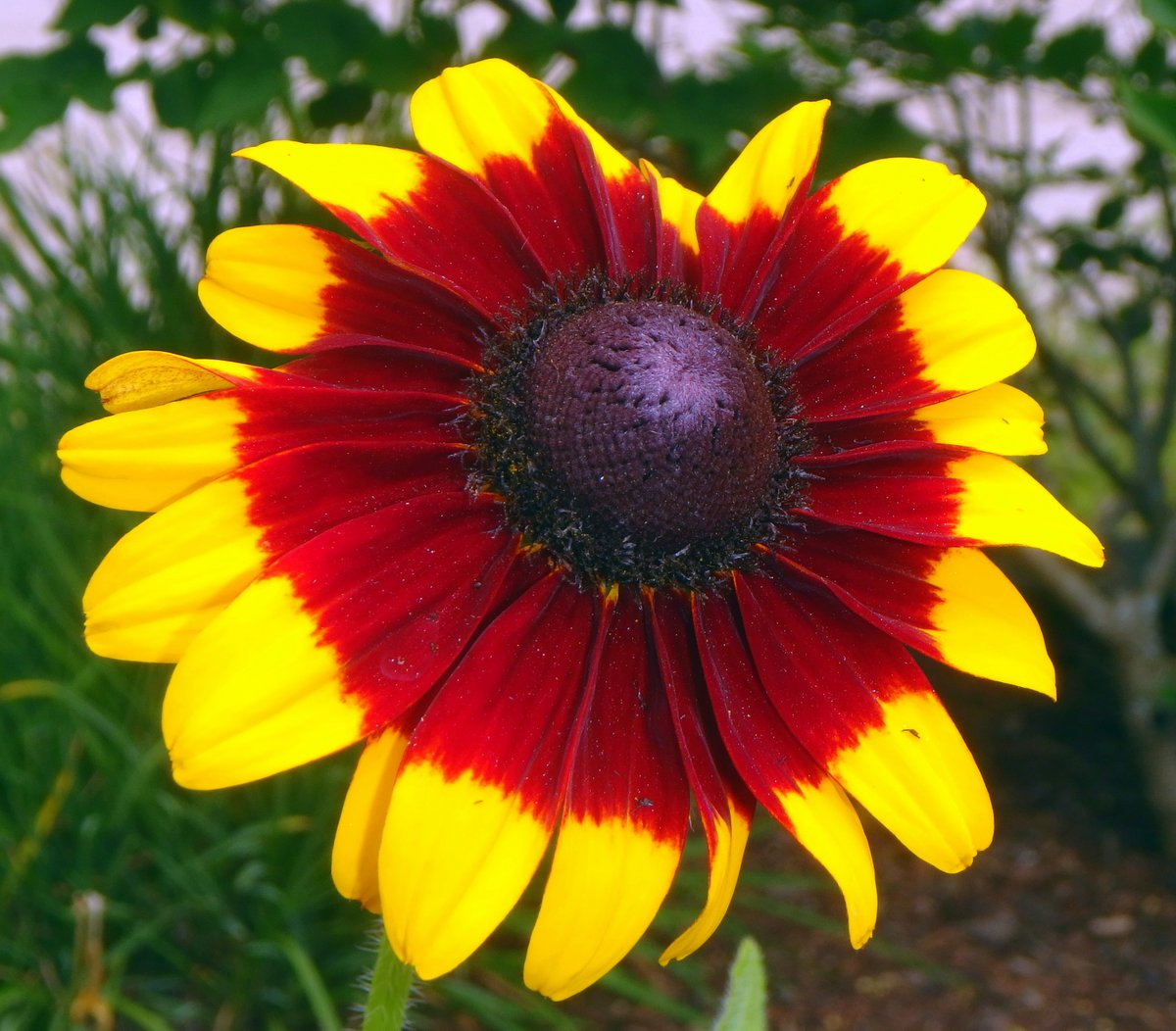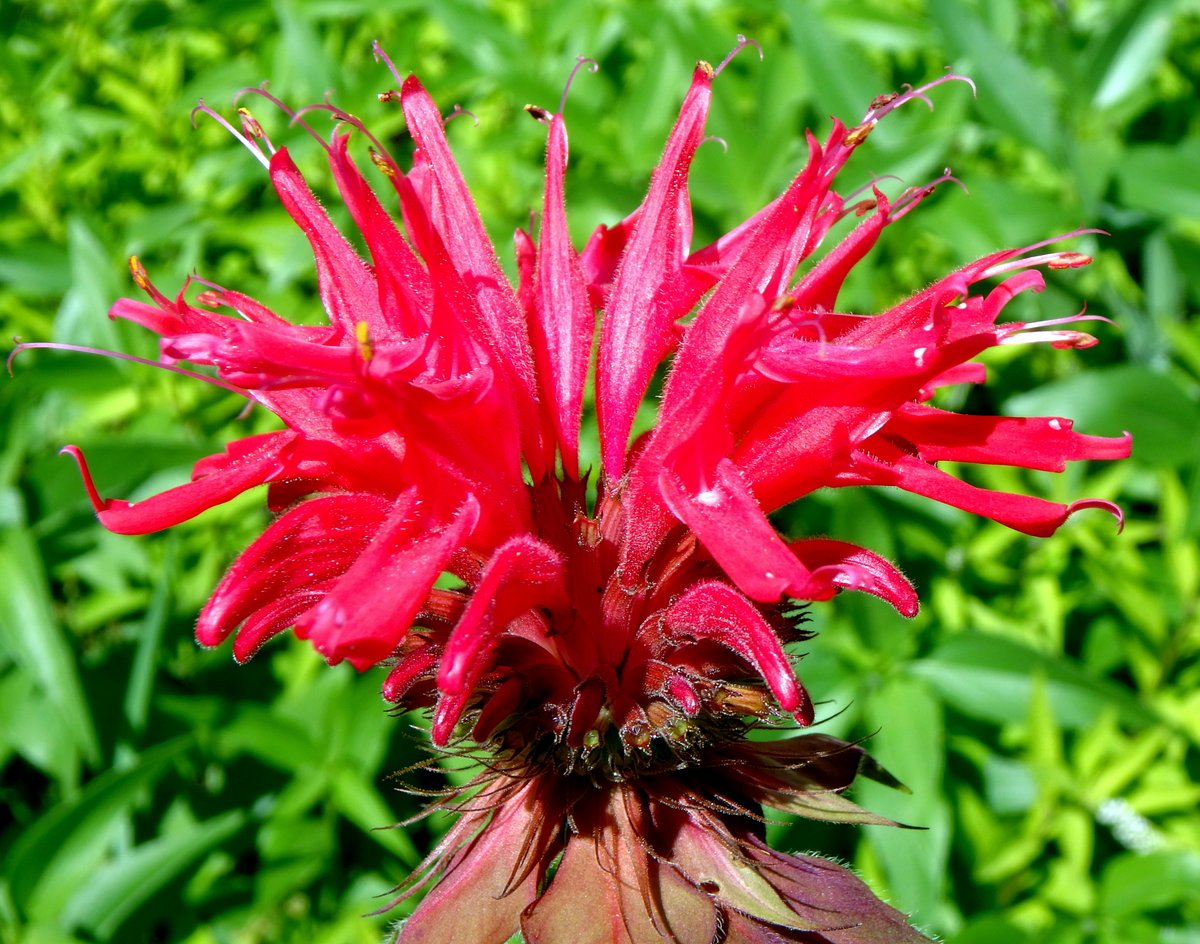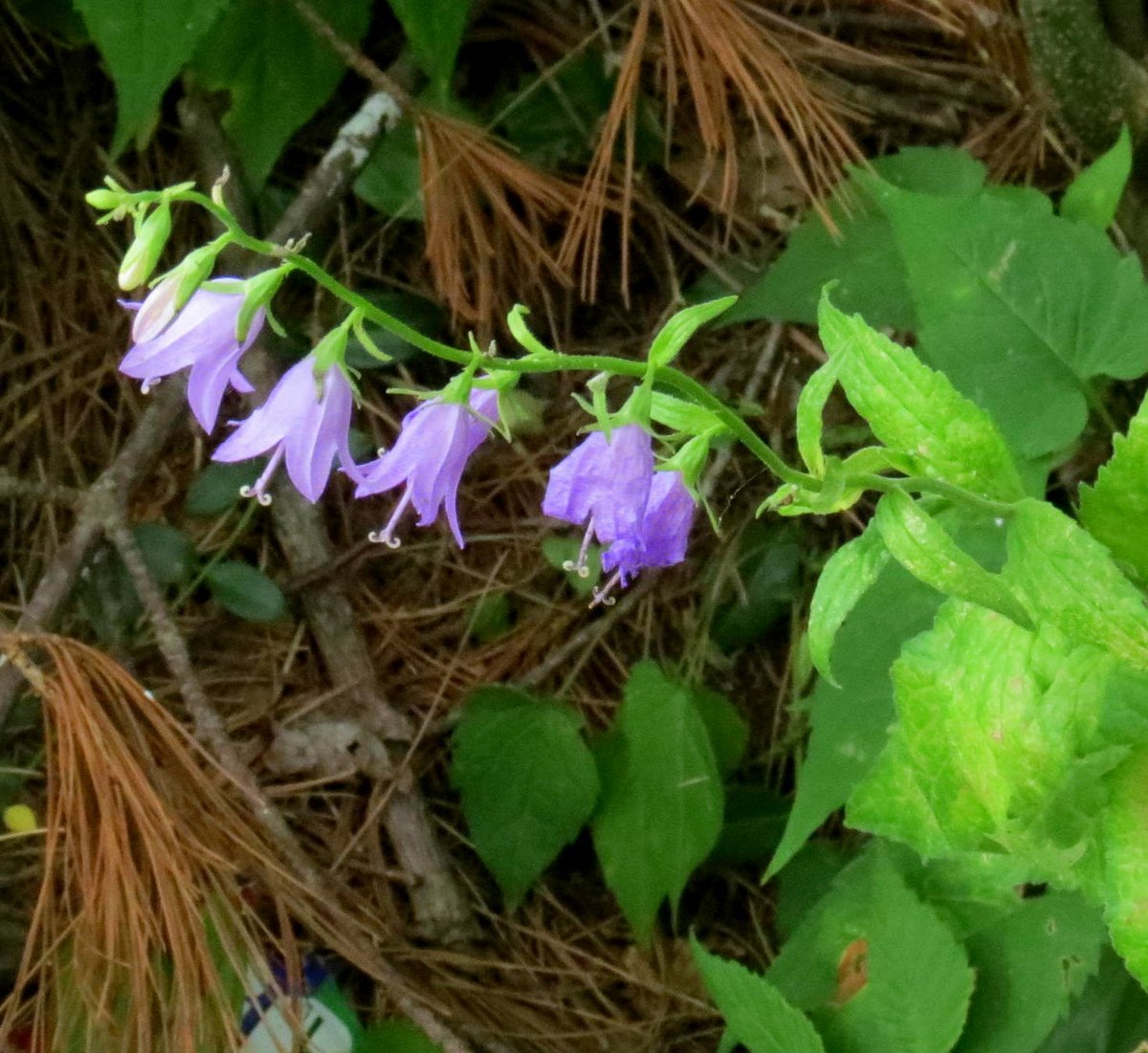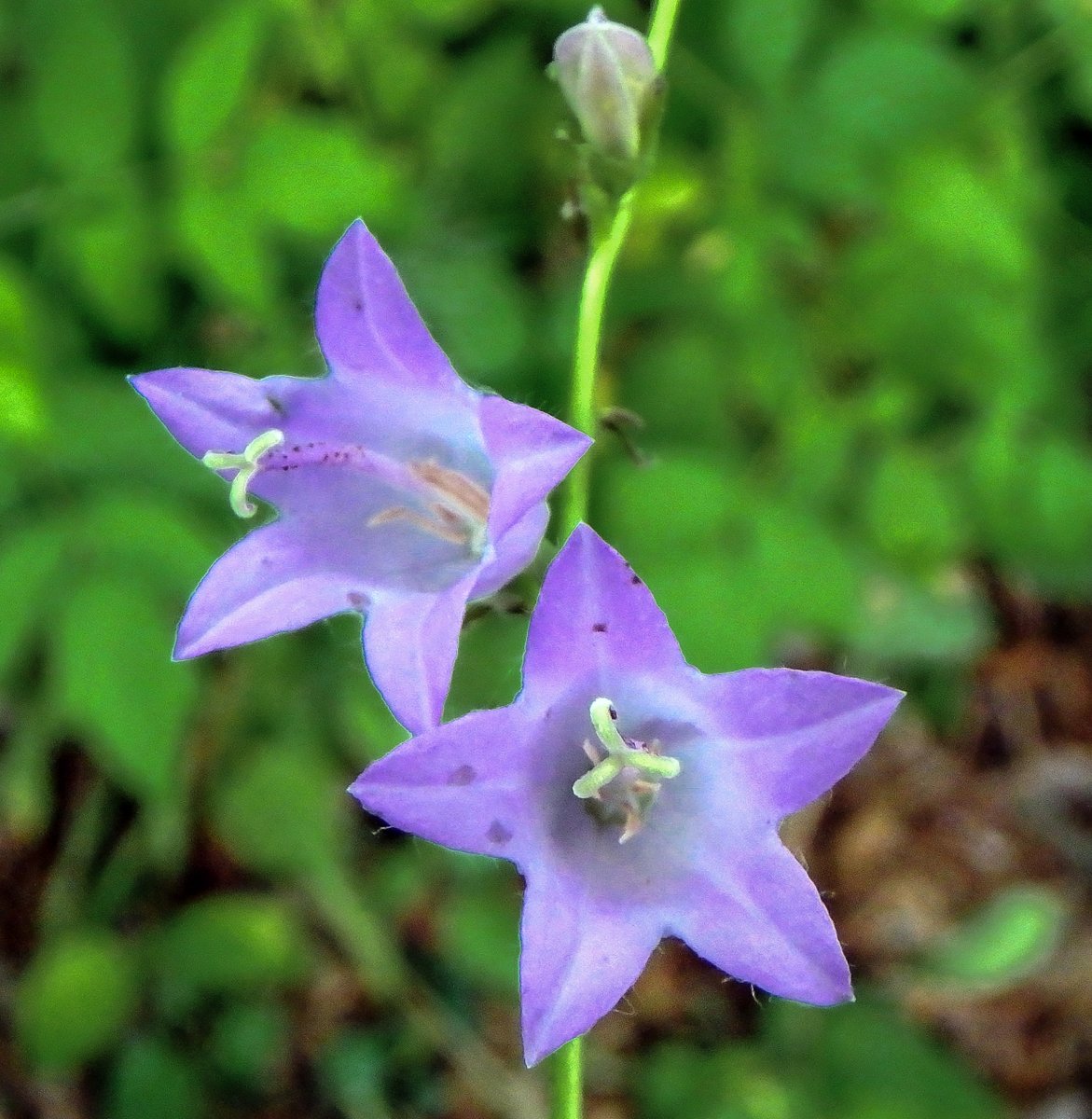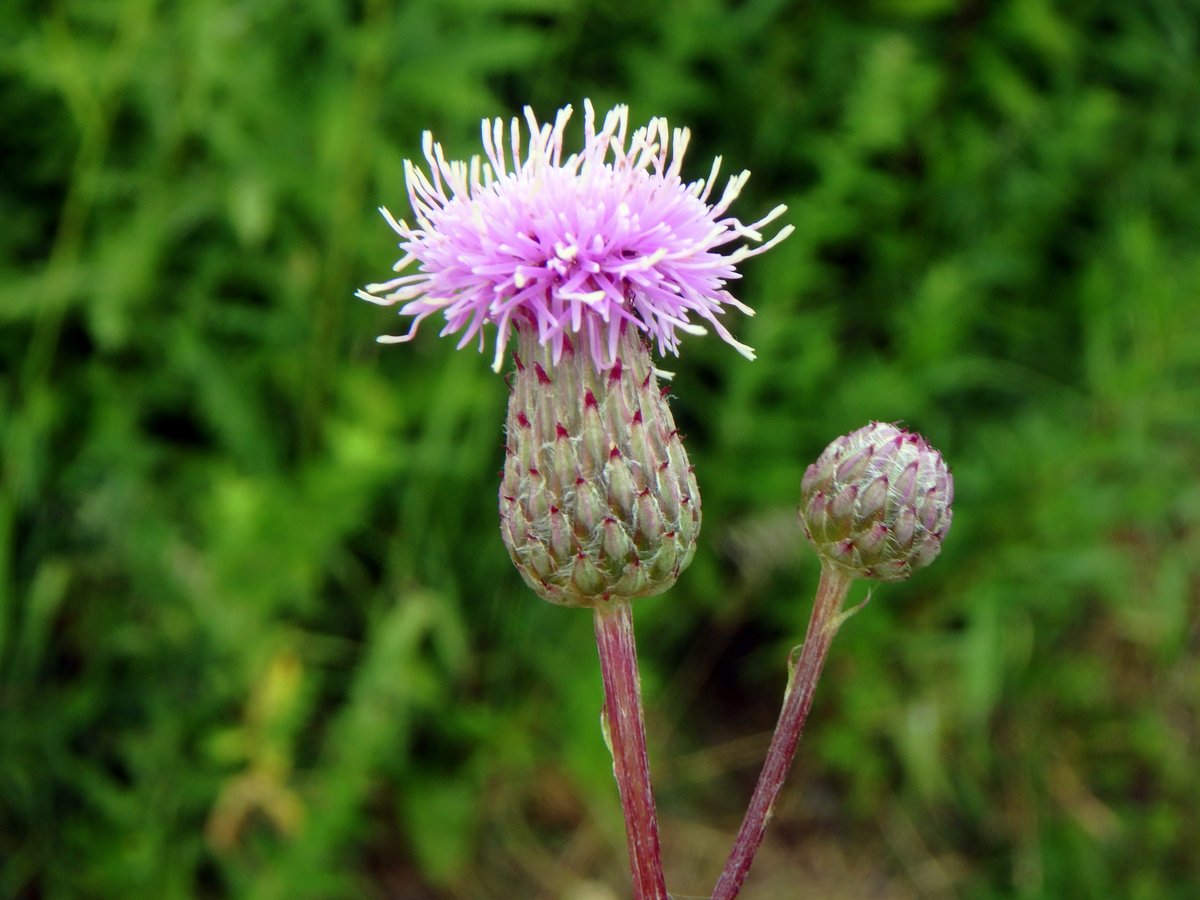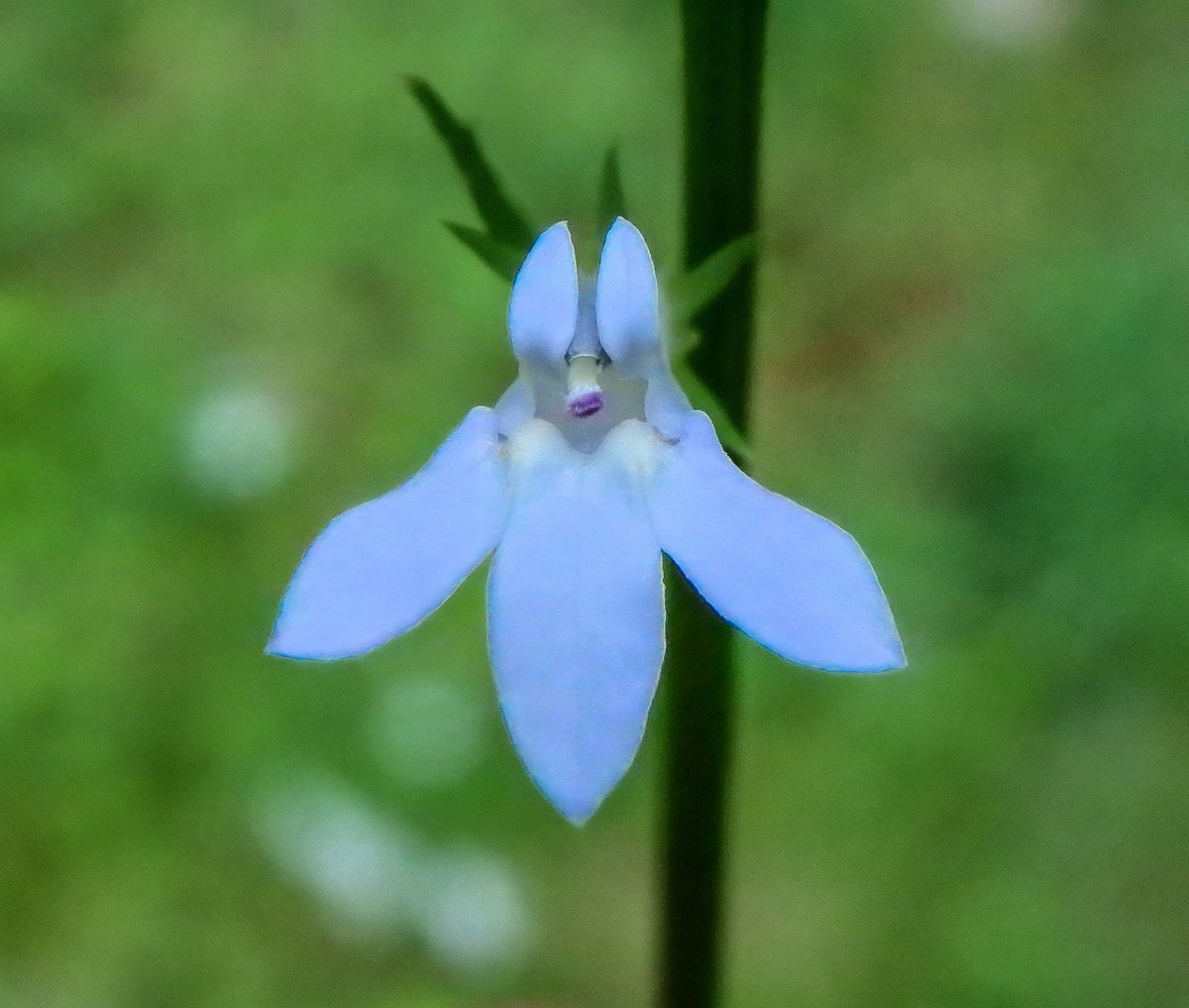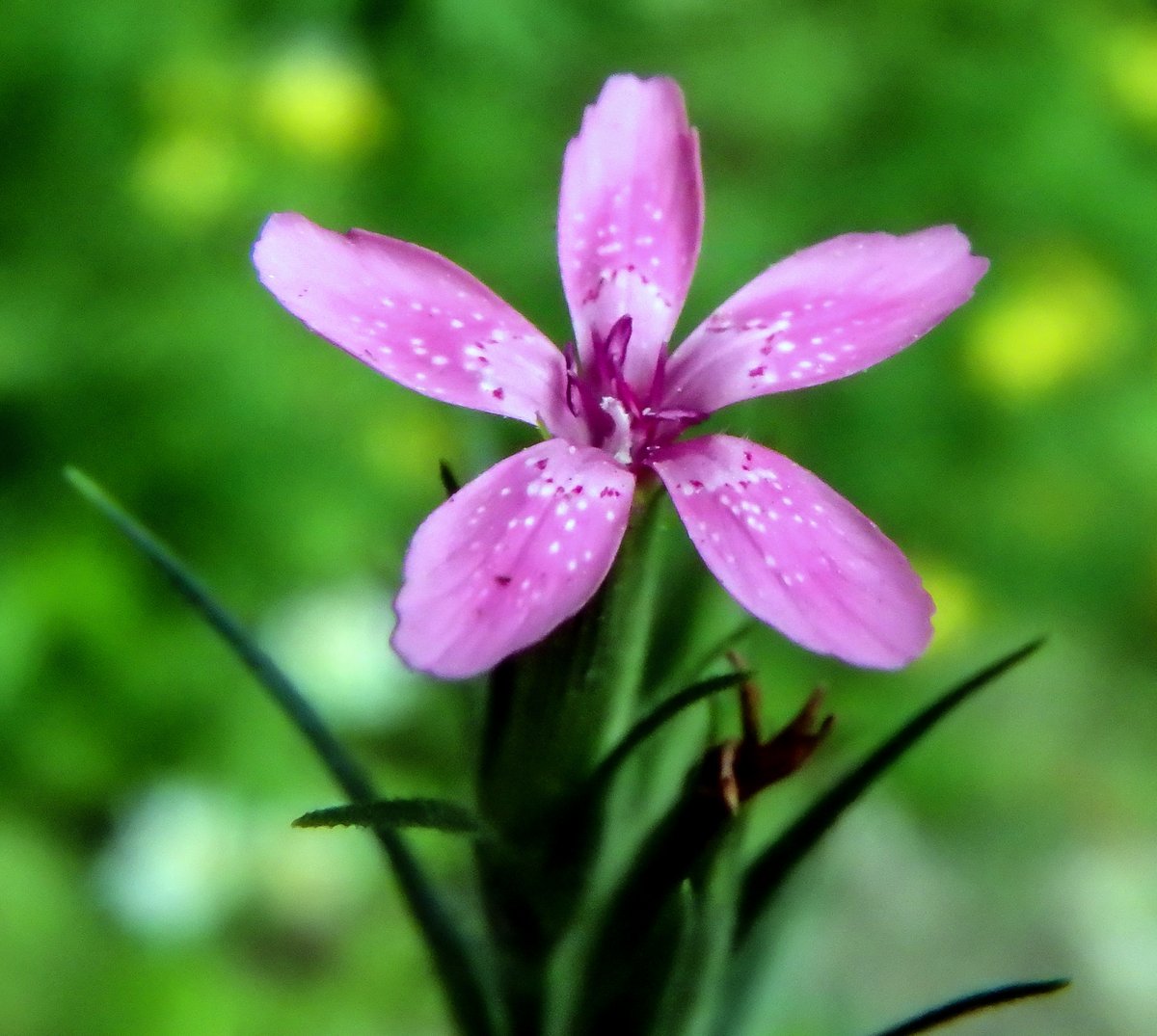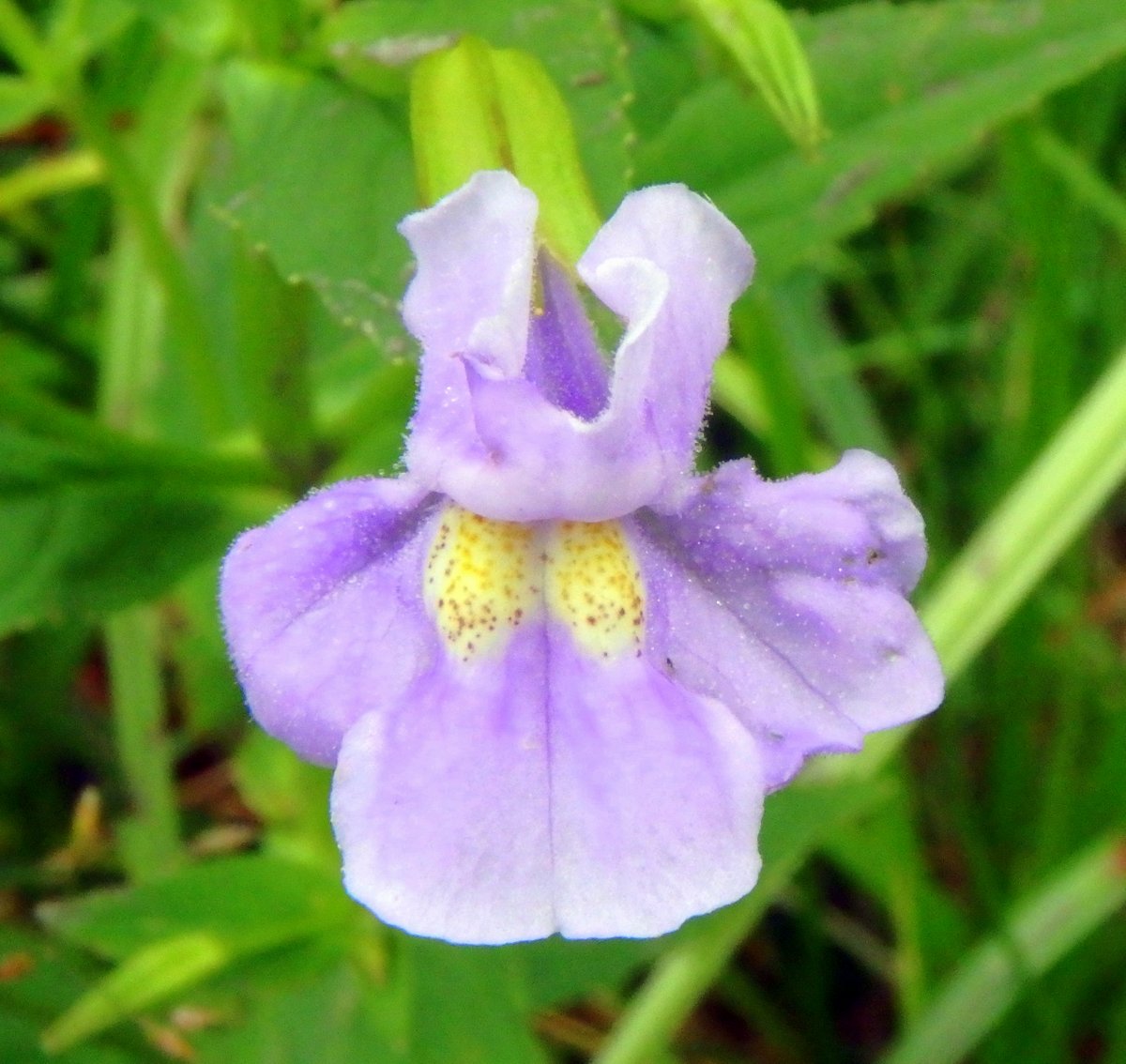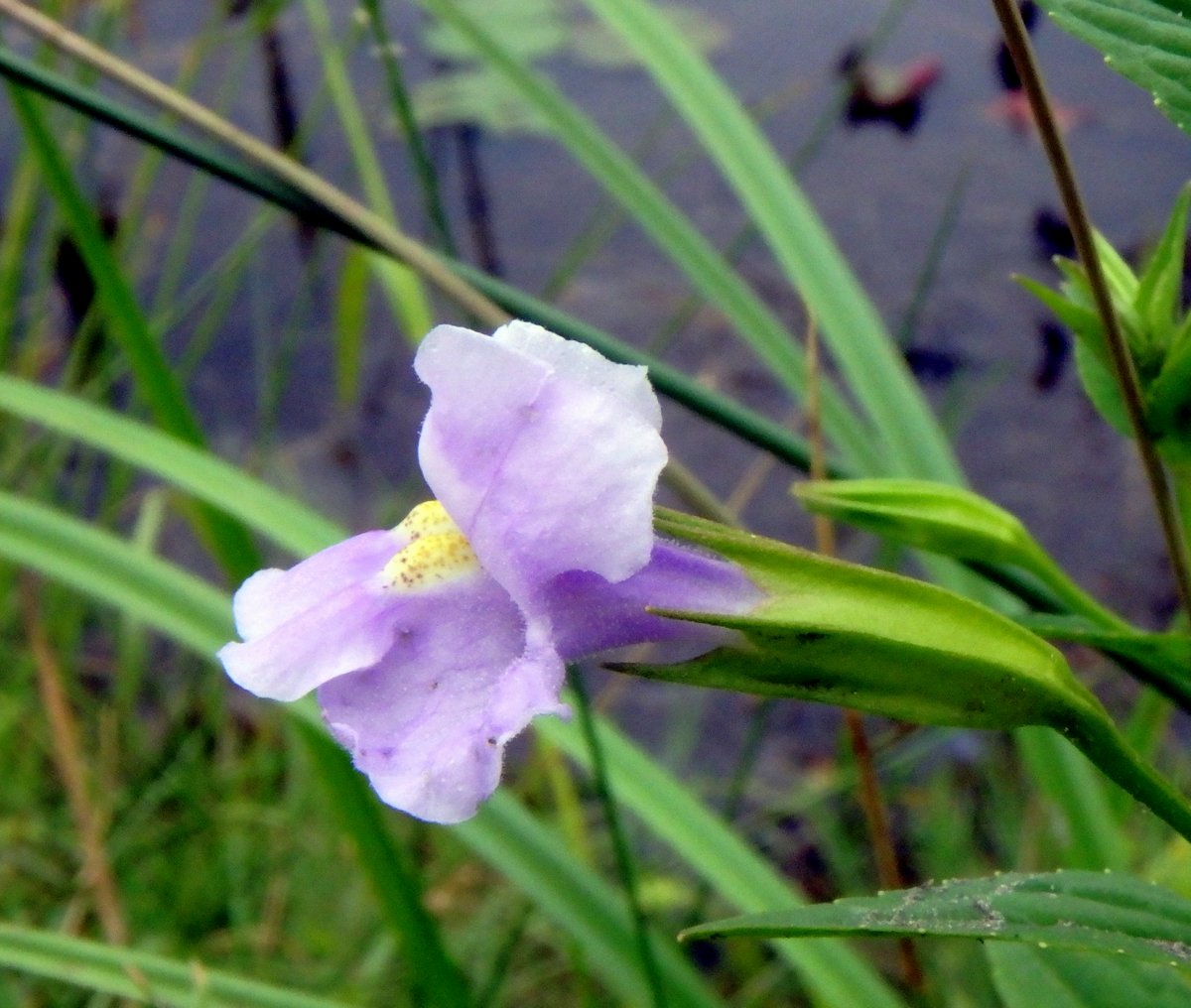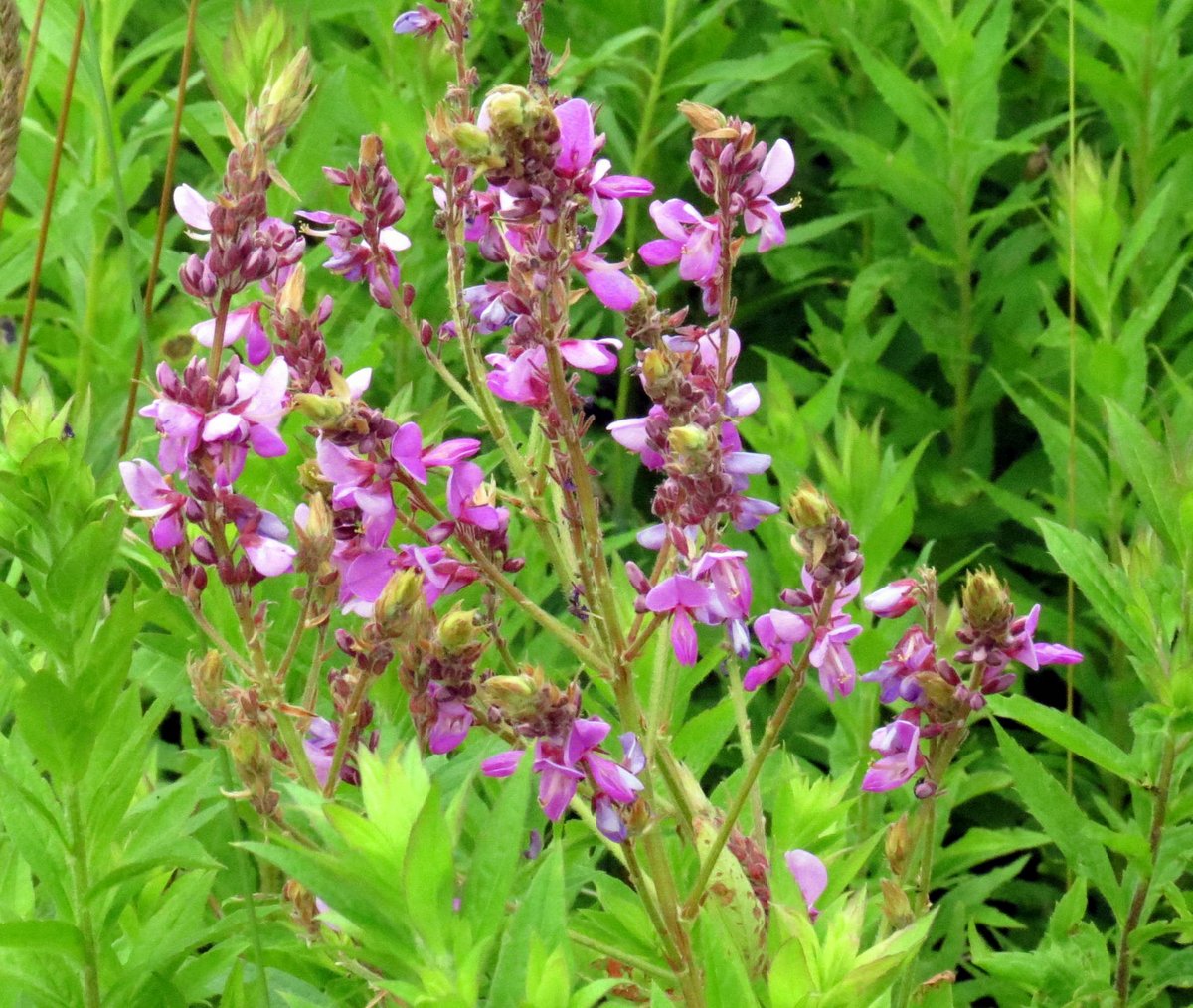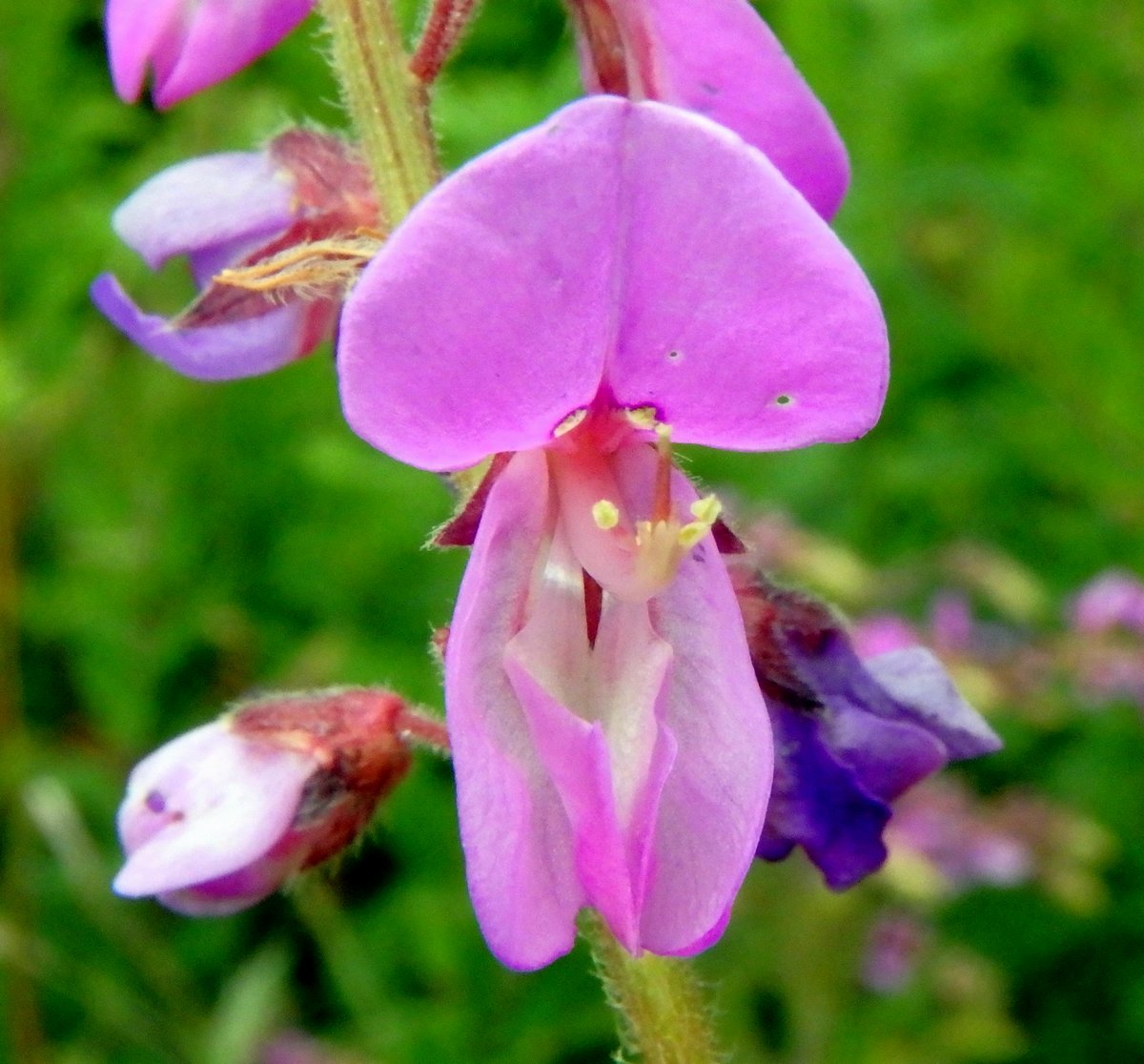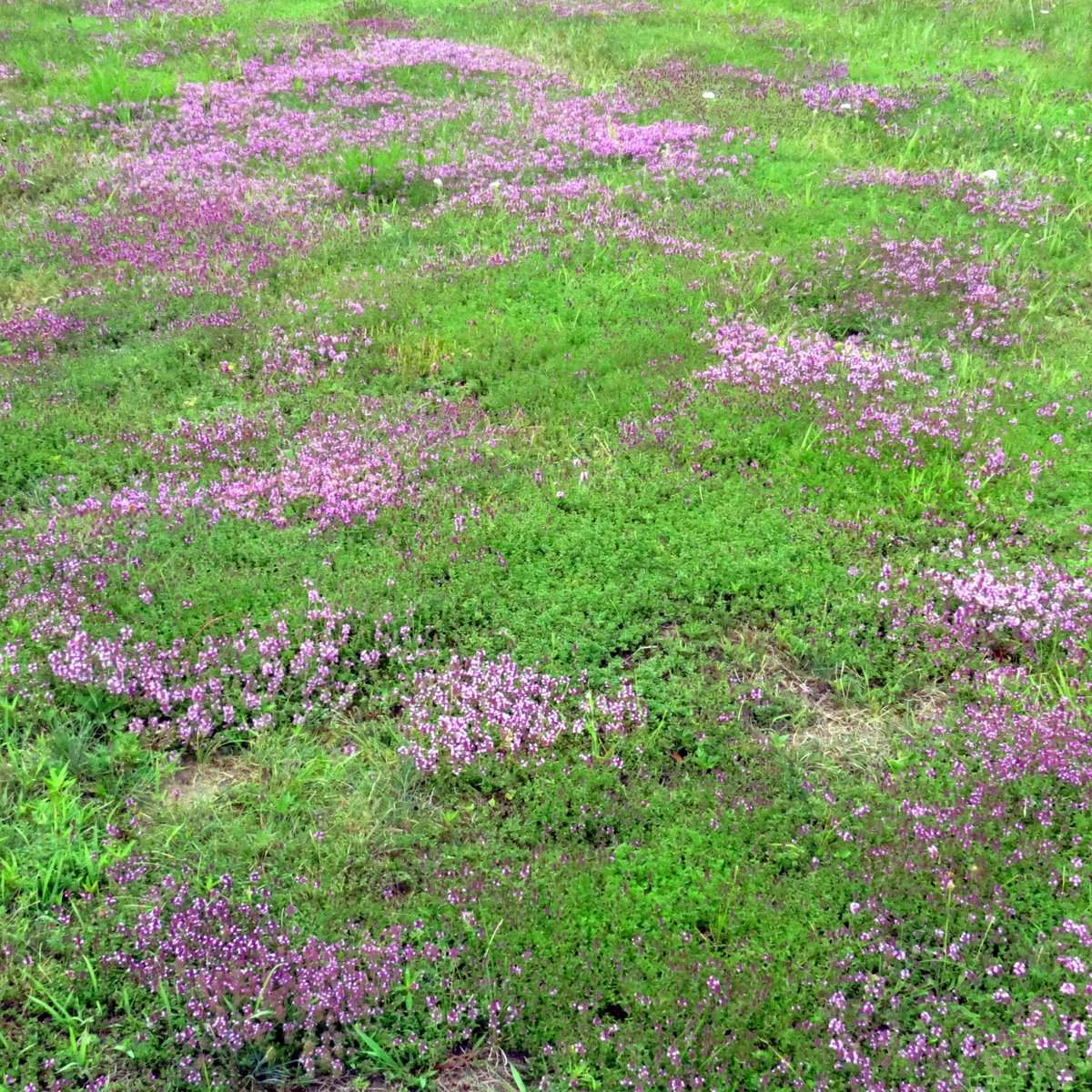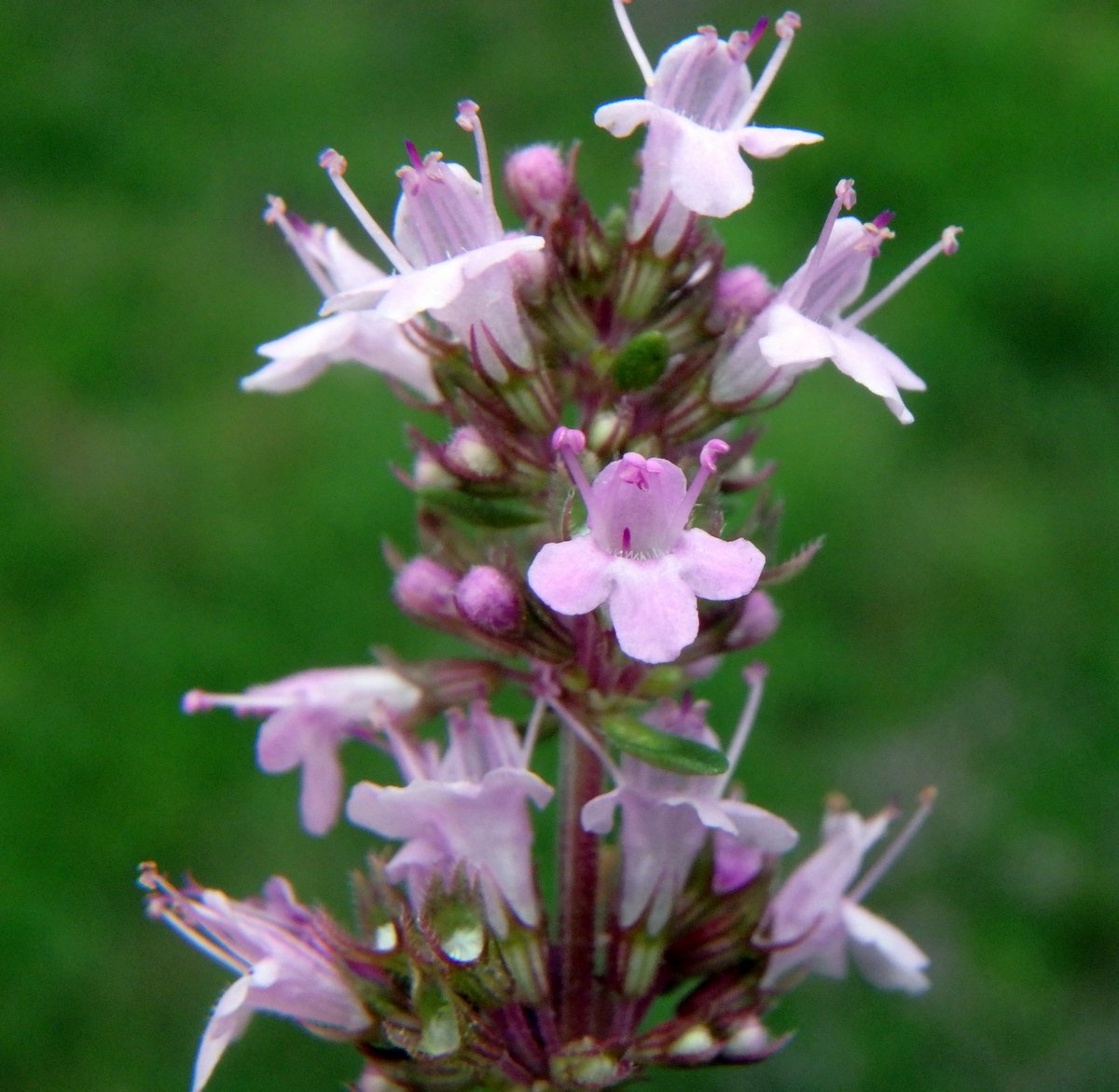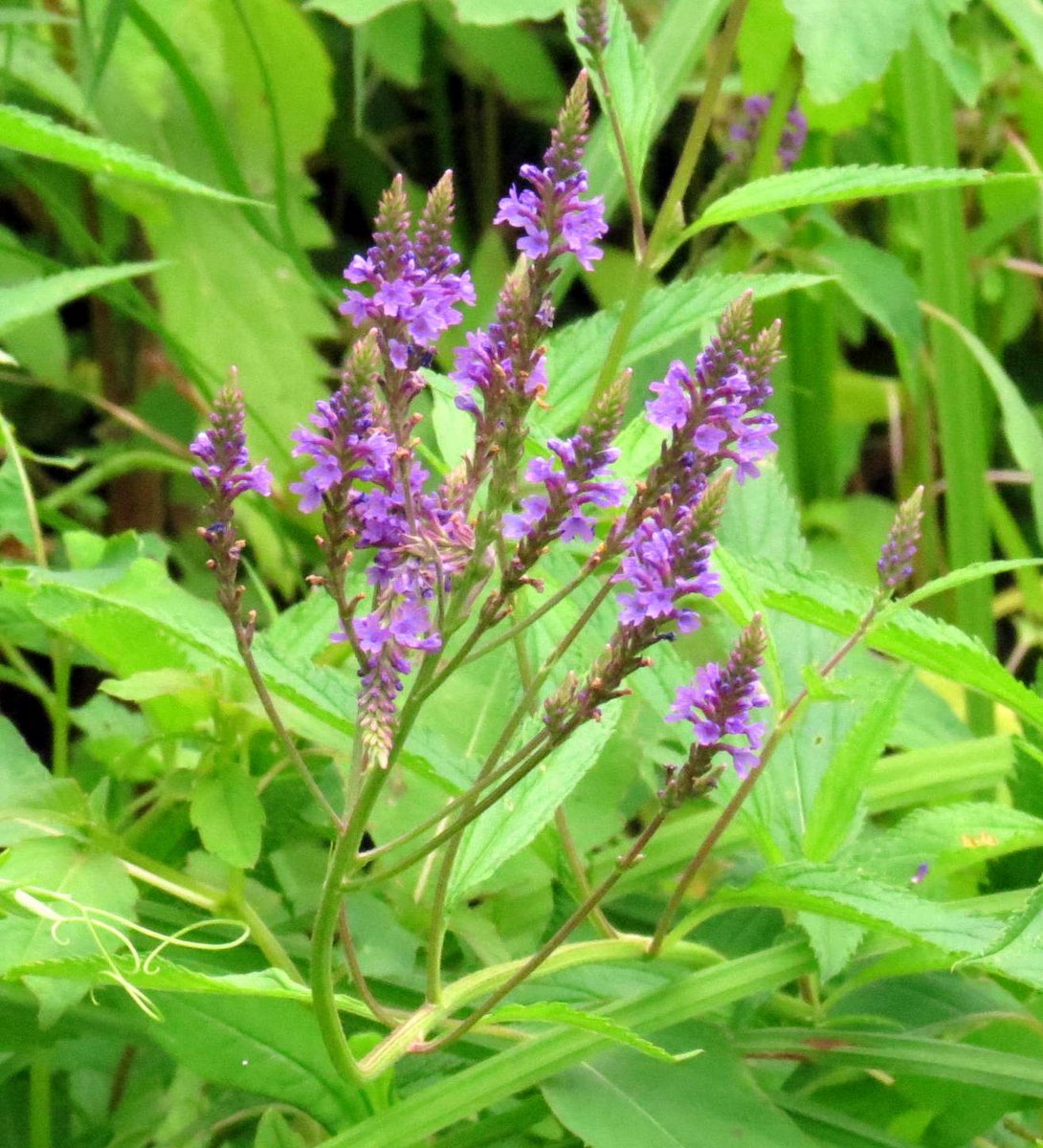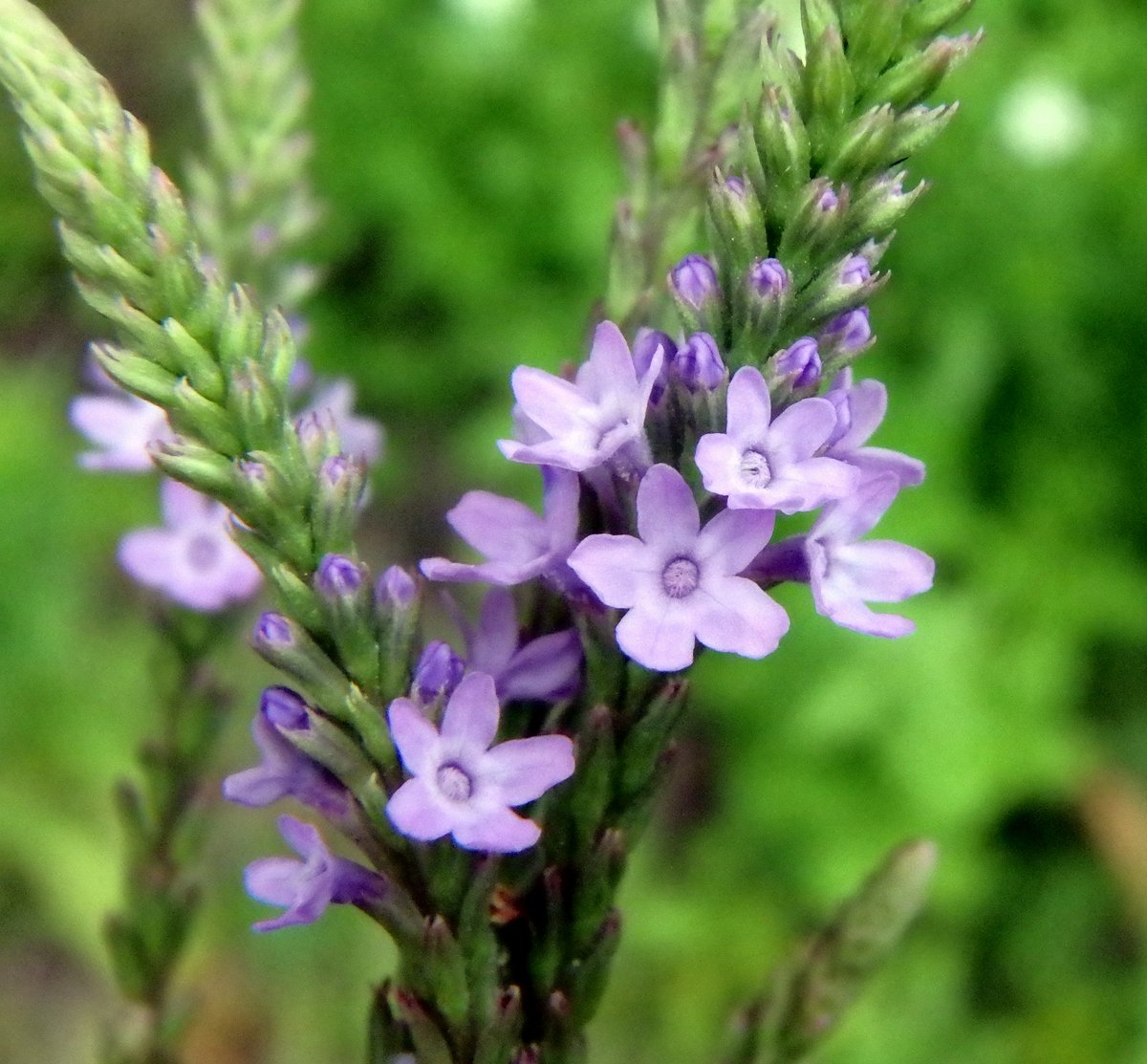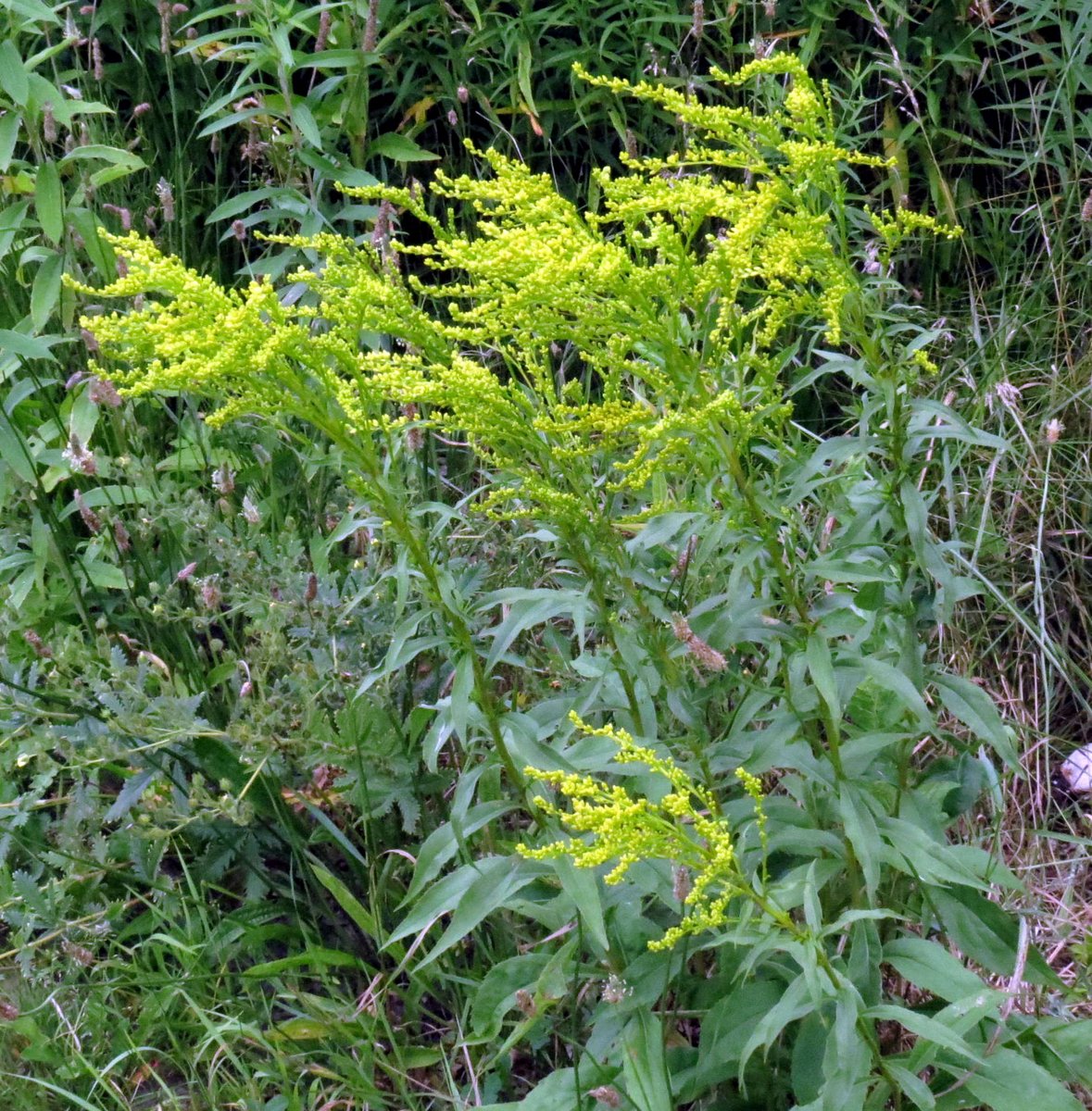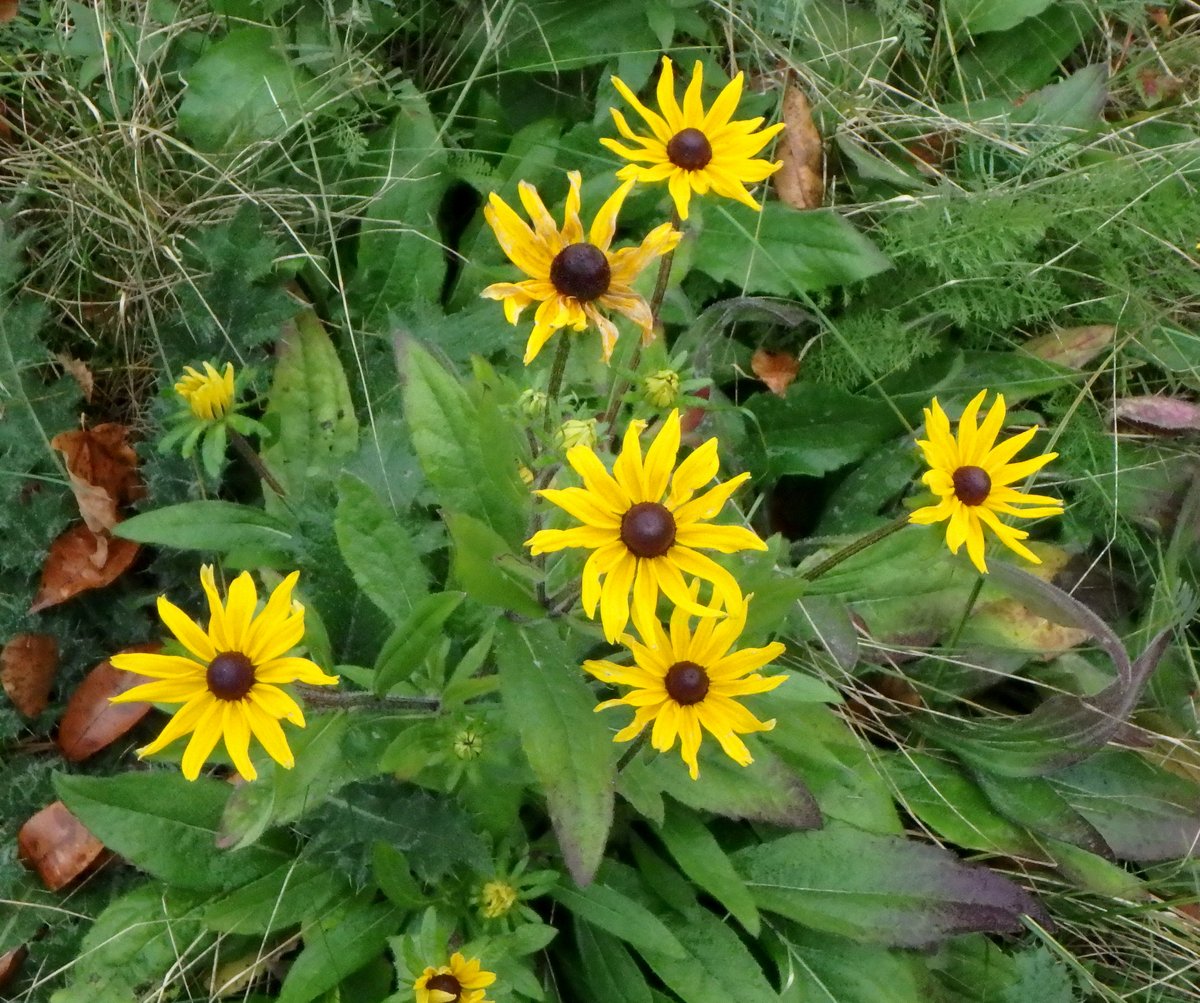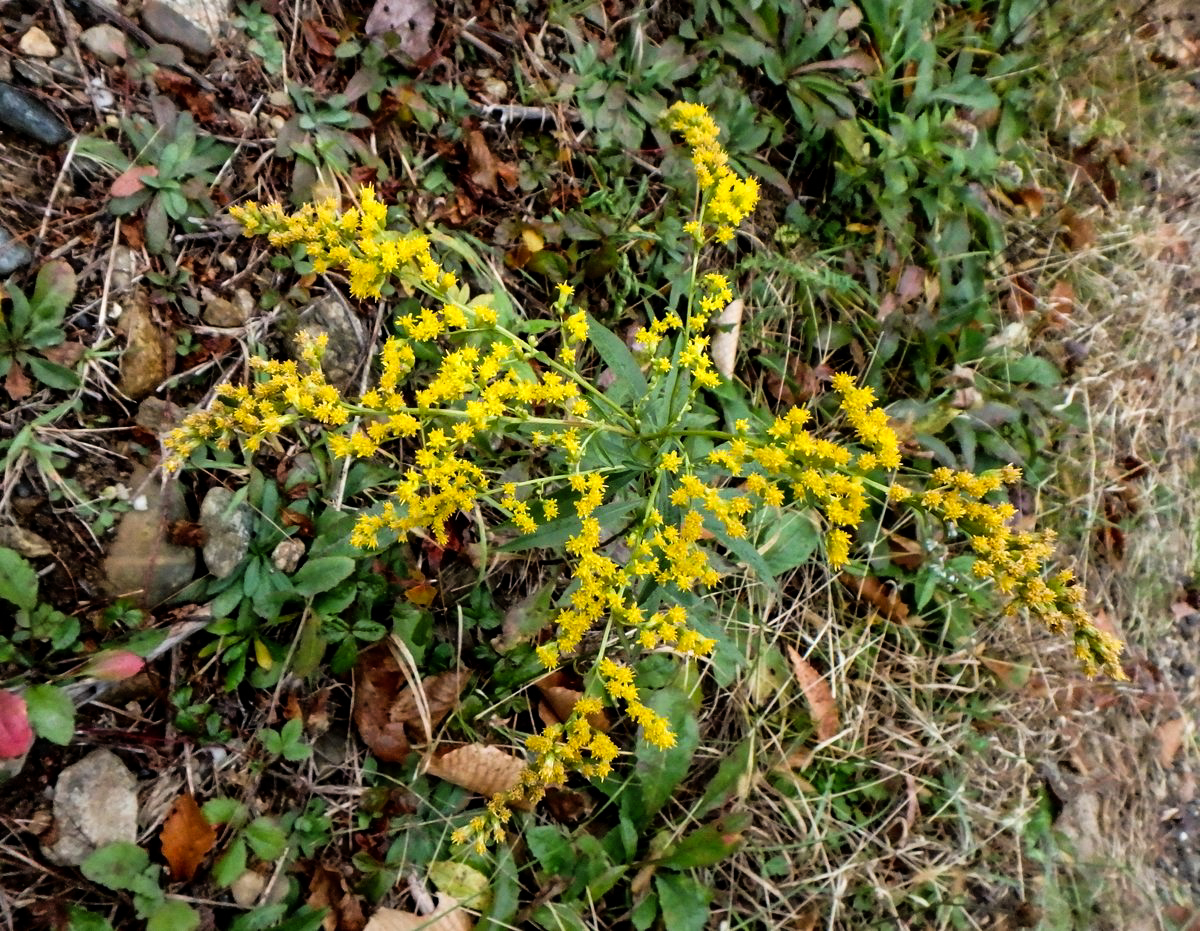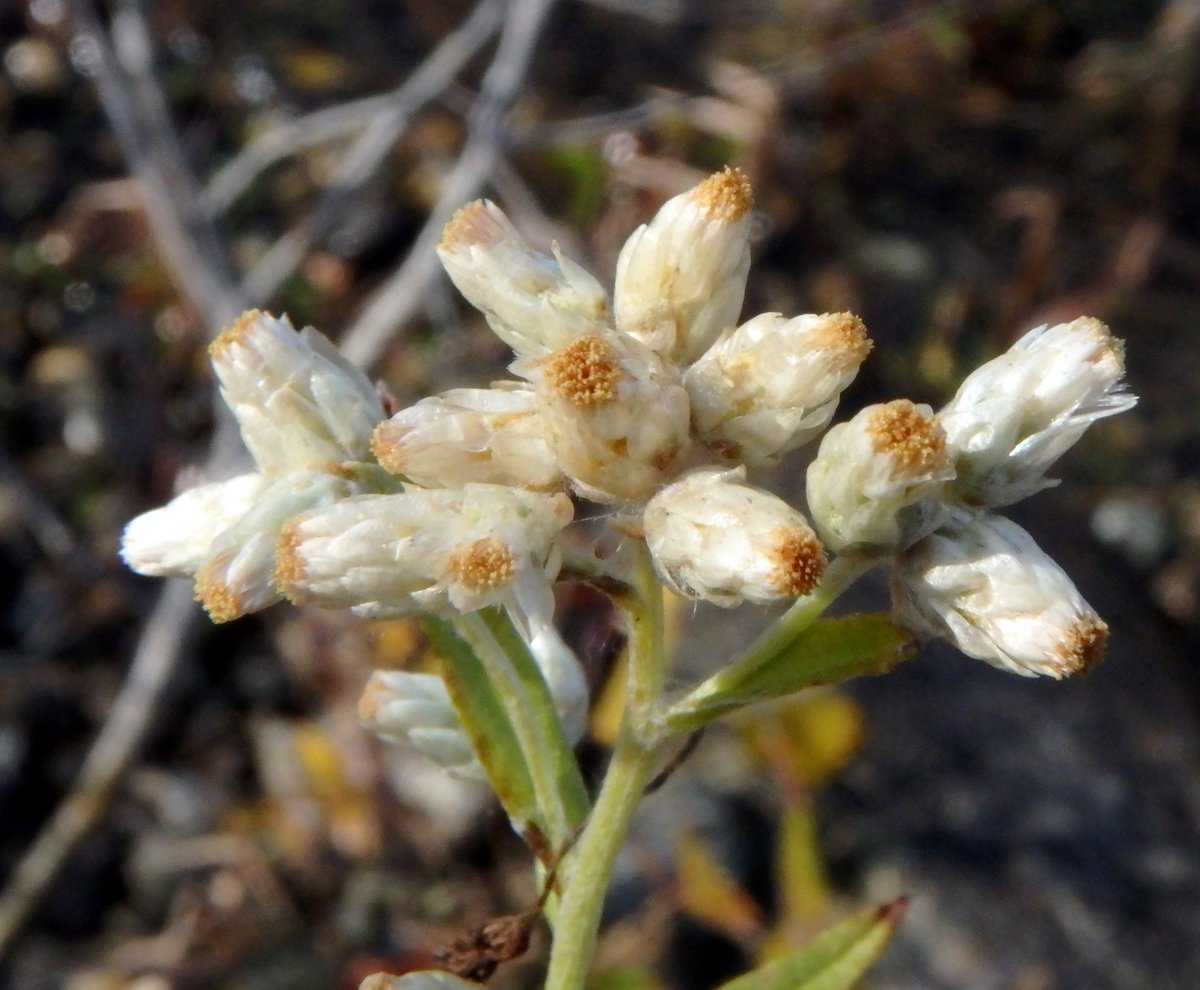
Three years ago this farmer’s fields flooded so he stopped growing corn and grew wheat instead. Through two years of drought the wheat did fine but this spring things seemed to change. It seemed like it would be a more “normal” spring; I felt it and apparently so did the farmer because he went back to planting corn. Then the heavy, slow moving rains came and not only flooded the cornfields again but they’ve devastated Vermont and New York. I think about the people I know who live out that way and hope those in the hardest hit areas are safe. Here in New Hampshire 4.5 inches of rain fell in one day. We have large sections of roads completely gone and water flowing over the tops of smaller dams, and the storms keep coming. The local river, the Ashuelot, can’t hold much more. If there is anything good about getting this much rain it is the mushrooms and slime molds that have started appearing everywhere. They’ll appear right here too, in a future post.

But despite all the cloudy, wet weather the flowers haven’t stopped blooming, as this meadowsweet shows. Meadowsweet is in the spirea family and that family always has a slightly fuzzy look from all the stamens. The flowers are white, even though those in the photo appear pink. I think they were colored by the low light. This year there is more meadowsweet blooming than I’ve ever seen so it must like lots of water.

One of my favorite summer flowers is chicory and I’m happy to see plenty of them blooming this summer. I once worked as a gardener for a man who used to grow chicory in large window box type containers he had built in his cellar. But I never saw them bloom; in fact he would have been horrified to see them blooming because he grew them for the roots, which can be eaten as a vegetable. Leaves can be blanched to remove bitterness, and he did that as well.

Our big Canada lilies are in bloom. Once again they remind me of chandeliers, as they always seem to do. This plant towered over my head and its flowers were a good five inches across. Everything about it is big.

I found this flower when it was young, and I know that because its huge anthers hadn’t opened. Once the outer casings seen here split apart they open to reveal their abundant pollen. They will change to a deep maroon color, aging to brown, and insects will flock to them. You can see that color on the anthers in the previous photo. Years ago I worked for a lady who did a lot of flower arranging, and she told me that if you were going to use lilies in an arrangement you should always cut off the anthers because if the pollen ever got on your tablecloth it would stain it permanently. I had the feeling she spoke from experience.

The big orange daylilies called “ditch lilies” are blooming and they can be seen just about anywhere. They’re a plant you’ll find growing near old stone cellar holes out in the middle of nowhere and along old New England roads. They are also found in cemeteries, often planted beside the oldest graves. They’re one of those plants that were passed from neighbor to neighbor and spread quickly because of it. They were introduced into the United States from Asia in the late 1800s as an ornamental, and plant breeders have now registered over 40,000 cultivars, all of which have “ditch lily” genes and all of which have the potential to spread just like the original has.

Coneflowers, from our native prairies, are well known around the world. I’ve seen a few hybrids; white flowered ones, red flowered ones, and bicolor ones with green on the petals, but I prefer the native purple flowered plants. We (mankind) are able to make our own version of just about anything these days and we often change something just because we can. I’ve seen man-made hybrid plants that were incredibly beautiful but I always lean more toward the natural “as found” plants. That’s not to say that nature can’t improve upon itself. One of the ways we find “new” plants is by planting many thousands of seeds and looking for that one plant out of thousands that is different from the rest. That plant is called a sport, which is a natural genetic mutation. Some sports can be very beautiful but my personal preference in coneflowers is for purple, the way nature originally intended it.

The big bull thistles bloomed a little later this year, probably due to lack of sunlight. I’ve been pricked by these plants enough times to think “ouch” by just looking at the photo. I like to see lots of these bloom though, because when they go to seed goldfinches come to eat them and it usually means an easy photo of a very pretty bird.

There are drifts of daisy fleabane brightening the landscape almost everywhere I go. They will bloom from June sometimes into November, so it is one of our longest blooming plants. It is considered a pioneer species, meaning it is one of the first plants to grow in unused pastures, or cleared or burned areas. Fleabanes get their name from the way the dried plants repel fleas. Native Americans made a tea from them which was used as medicine for digestive ailments.

Humble little narrow leaf cow wheat often grows in the forest or on forest edges and almost always blooms in pairs. Though it looks innocent enough it is really a thief that steals nutrients from surrounding plants. A plant that can photosynthesize and create its own food but is still a parasite on surrounding plants is known as a hemiparasite. Its long white, tubular flowers tipped with yellow-green are very small but seem bright in a low light forest.

Curly dock, a common roadside weed, has gone to seed and its small seeds look like the tiny seed pearls you see in portraits of royalty, sewn onto their clothes. Each seed has a wing attached to it and as they age these wings often turn a deep maroon color, which makes them even more beautiful. Once they ripen and fall the wing will make it easier for the wind to scatter the seeds around.

White admiral butterflies are still with us but I see fewer of them now. I think they must be slowing down, because this one had lost part of its wing to a bird. They pick up a few battle scars and look a little more ragged as they age. It must be hard for them to out fly a bird, especially one as sharp as a king bird.

A great spangled fritillary butterfly sipped from a knapweed blossom. These beautiful butterflies just appeared this week but like the white admiral in the previous shot this fritillary already had a small piece of wing torn. These orange butterflies remind me that I still haven’t seen a monarch butterfly.

This shot of the great spangled fritillary’s spangles was taken on a different day. It’s beautiful but I thought it was too bad I hadn’t gotten a shot of its eyes when I looked at these photos, because they’re really amazing.

This shot of a great spangled fritillary’s eyes is from a few years ago up on Pitcher Mountain when the fritillaries were loving the orange hawkweed. If you click on the photo you can see its beautiful jewel like eyes close up. How I’d love to see through those eyes, just once.

A female red winged blackbird had what looked like a beak full of insects, but I can’t be sure. I’ve seen females dig fat white grubs out of rotted cattail stems before but that doesn’t look like what this bird has. Despite the white sky background it was a hot, humid, and completely overcast day. We’ve had a lot of those lately.

Love grass is turning purple. From here it will darken and then turn brown. Once the seeds ripen the entire seed head will break off and go rolling away like a tumbleweed, scattering seeds as it goes. It’s a short, pretty grass common on roadsides.
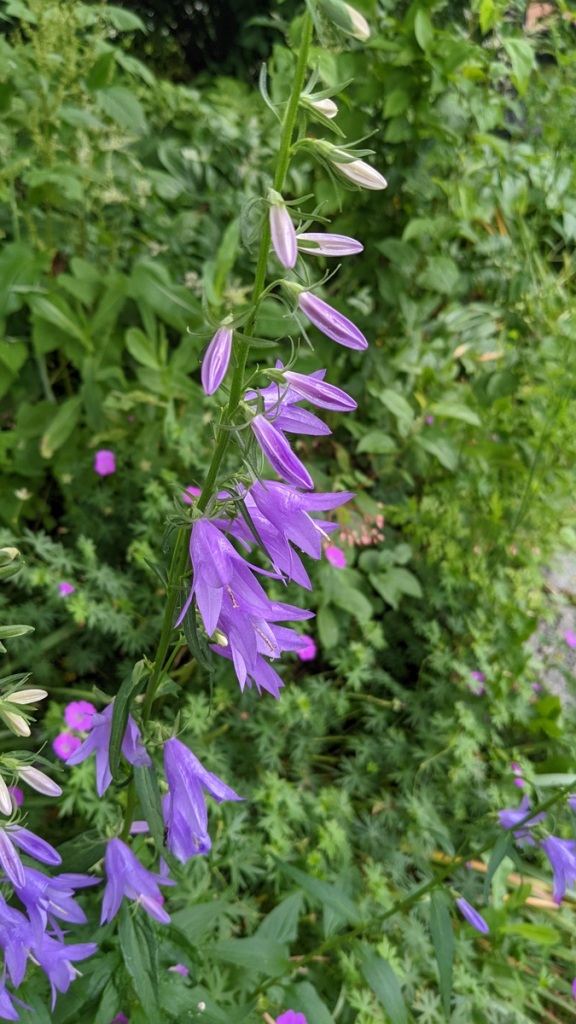
Creeping bellflower is in the campanula family and it has pretty flowers that all appear on one side of the stalk, making it easy to identify. I hope you don’t have it in your yard but if you do you might as well learn to love it, because it is impossible to eradicate without using weedkillers. Actually, since I’ve never used weedkillers on it I’m not positive that even they will finish it off. It’s very persistent but not super aggressive. I know of one small plot of it at the edge of the woods that hasn’t expanded in the decade that I’ve watched it. It comes back every year but doesn’t take over more space, even though it’s in full sun. Originally from Europe, the leaves and tuberous roots were used as food in places like Siberia. Once in this country it almost immediately escaped gardens and has now naturalized.

I tried to get a bee’s eye view into some foxglove blossoms and I saw spots.

Many years ago a lady I worked for gave me a piece of her beautiful Japanese iris. It has lived here ever since but it only blooms when it has had enough rain, so this is the first blossom I’ve seen on it in probably four or five years now. This year it’s loaded with buds but every time it has blossomed in the afternoon it has poured rain at night and the heavy rain has broken the stem. These flower are bigger than my fist so there is a lot of surface area for rain to fall on.

Tall thimble weed gets its name from its seed heads, which you can just see over on the right. They can get quite big and when they do they look like thimbles. These flowers are close to the diameter of a quarter; about an inch. The plant often reaches waist high so the flower’s white sepals stand above surrounding vegetation. You’ve got to be quick with this one because they don’t last long.

I had my camera pointed at this wild rose when a bumblebee flew in to forage. I couldn’t understand why it would bother; its pollen sacs looked to be filled to overflowing.

I like the hairy flowers on motherwort but each one is so small it could hide behind a pencil eraser. They’re always a challenge but it’s worth it to be able to see everything that’s going on in the orchid like flowers. At a glance this plant might resemble one of the nettle family but the square stems show it to be in the mint family. Originally from Asia, it’s considered an invasive weed but it was originally brought to this country because of its long history of medicinal use in Europe and Asia. It’s common along roads and in fields.

Fringed loosestrife is easy to identify, with its masses of bright inch to half inch flowers all nodding toward the ground. It starts blooming just as swamp candles, another yellow loosestrife, start to fade. These plants are much bigger than swamp candles and they don’t grow in or near water. They like to be high and dry and I often find them along rail trails. The only other plant fringed loosestrife might be confused with is whorled loosestrife, but that plant blooms slightly earlier and isn’t as tall or as bushy, and its flowers face outward rather than downward.

Sometimes the flower petals look fringed on fringed loosestrife but that’s not where the plant’s name comes from. The plant gets its common name from the fringe of hairs on its leafstalks which, if you look closely you can see in this photo. The yellow flower petals fade from lemon to pale yellow as they near the center, and red is found at the very center. Red is found on all yellow loosestrife flowers that bloom in this area and it is a good way to identify this family of plants. Fringed loosestrife is easily overlooked because so many plants are blooming at this time of year, but it’s worth looking for. When it blooms alongside purple flowered plants like showy tick trefoil or vetch it’s even more beautiful.
What is beautiful? Whatever is perceived joyfully is beautiful. Bliss is the essence of beauty.
~Nisargadatta
Thanks for stopping in. Stay safe and dry.


